
I PURSUED MY ENEMIES AND OVERTOOK THEM; I DID NOT TURN BACK UNTIL THEY WERE DESTROYED. —PSALM 18:37 (MOTTO OF ISRAEL’S CLANDESTINE COUNTERTERROR SQUAD)
On a spring evening in late April, I traveled to a fortified compound in the Ayalon Valley between Tel Aviv and Jerusalem. The location is not identified on Waze, the Israeli-built navigation tool, and so, as far as my app-addled cabdriver was concerned, it does not exist.
Then again, the same could be said for its inhabitants: YAMAM, a band of counter terror operatives whose work over the last four decades has been shrouded in secrecy.
Upon arrival at the group’s headquarters, which has all the architectural warmth of a supermax, I made my way past a phalanx of Israeli border police in dark-green battle-dress uniforms and into a blastproof holding pen where my credentials were scanned, my electronic devices were locked away, and I received a lecture from a counter-intelligence officer who was nonplussed that I was being granted entrée to the premises. “Do not reveal our location,” he said. “Do not show our faces. And do not use our names.”
Then he added, grimly, and without a hint of irony, “Try to forget what you see.”
YAMAM is the world’s most elite—and busiest—force of its kind, and its expertise is in high demand in an era when ISIS veterans strike outside their remaining Middle East strongholds and self-radicalized lone wolves emerge to attack Western targets. “Today, after Barcelona,” says Gilad Erdan, who for the past three years has been Israel’s minister for public security, “after Madrid, after Manchester, after San Bernardino—everyone needs a unit like YAMAM.” More and more, the world’s top intelligence and police chiefs are calling on YAMAM (a Hebrew acronym that means “special police unit”). During his first month on the job, recalls Erdan, “I got requests from 10 countries to train together.”
I made my way to the office of YAMAM’s 44-year-old commander, whose name is classified. I am therefore obliged to refer to him by an initial, “N,” as if he were a Bond character. N’s eyes are different colors (the result of damage sustained during a grenade blast). His shaved head and hulking frame give him the vibe of a Jewish Vin Diesel. At his side, he keeps an unmuzzled, unbelievably vicious Belgian shepherd named Django.
I made my way to the office of YAMAM’s 44-year-old commander, whose name is classified. I am therefore obliged to refer to him by an initial, “N,” as if he were a Bond character. N’s eyes are different colors (the result of damage sustained during a grenade blast).
His shaved head and hulking frame give him the vibe of a Jewish Vin Diesel. At his side, he keeps an unmuzzled, unbelievably vicious Belgian shepherd named Django.
Last fall, Israeli officials agreed to provide Vanity Fair unprecedented access to some of YAMAM’s activities, facilities, and undercover commandos.
When I asked N why his superiors had chosen to break with their predecessors’ decades of silence, he gave an uncharacteristically sentimental response: “It’s important for operators’ families to hear about our successes.” (Field “operators,” as they are called, are exclusively male; women sometimes serve in intelligence roles.) N does not discount less magnanimous reasons for cooperating, however.
First, YAMAM has devised new methodologies for responding to terrorist incidents and mass shootings, which it is sharing with its counterparts across the globe. (More on this shortly.) Second, Israel, as an occupying power, faces international condemnation for its heavy-handed approach toward the Palestinians; as a result, some top officials evidently felt it was time to reveal the fact that governments—including a few of Israel’s more vocal critics on the world stage—often turn to them, sotto voce, for help with their most intractable security problems. And last come the bragging rights—perhaps the unit’s most meaningful rationale.
YAMAM, it so happens, recently won a bitter, 40-year bureaucratic battle with Sayeret Matkal, a secretive special-forces squad within the Israel Defense Forces (I.D.F.). Sayeret Matkal was formerly the ne plus ultra in this realm; indeed, Vanity Fair, in an article published right after the 9/11 attacks, called the group “the most effective counterterrorism force in the world.”
It counts among its alumni political leaders, military generals, and key figures in Israel’s security establishment. And yet, when Prime Minister Benjamin Netanyahu, a Sayeret Matkal veteran, had to quietly designate one unit to be the national counterterror A-team, he chose YAMAM over his old contingent, which specializes in long-distance reconnaissance and complex overseas missions.
Netanyahu’s decision, supported by some of the prime minister’s fiercest foes, had all the sting of President Barack Obama’s selection of the navy’s SEAL Team Six (over the army’s Delta Force) to conduct the 2011 raid on Osama bin Laden’s compound in Abbottabad, Pakistan. YAMAM is part of the national police force—not the military or the Mossad, which is Israel’s C.I.A., or the Shin Bet, the country’s domestic-security service, which is more akin to Britain’s M.I.5.
And yet, in recent months, the Israeli-Palestinian conflict has blurred some of the lines between these agencies’ duties. YAMAM’s primary focus involves foiling terror plots, engaging militants during attacks, combating crime syndicates, and blunting border incursions.
In contrast, the military, in addition to protecting Israel’s security, is often called upon to respond to West Bank demonstrations, using what human-rights activists often consider excessive force. But as Hamas has continued to organize protests along the fence that separates Israel and Gaza, I.D.F. snipers have been killing Palestinians, who tend to be unarmed.
What’s more, Hamas has sent weaponized kites and balloons into Israel, along with mortar and rocket barrages, prompting devastating I.D.F. air strikes. While members of the YAMAM have participated in these missions as well, they have largely played a secondary role.
Off and on for a year, I followed N and his team as they traveled, trained, and exchanged tactics with their American, French, and German counterparts on everything from retaking passenger trains to thwarting complex attacks from cadres of suicide bombers and gunmen firing rocket-propelled grenades.
YAMAM’s technology, including robots and Throwbots (cameras housed in round casings that upright themselves upon landing), is dazzling to the uninitiated. But so are the stats: YAMAM averages some 300 missions a year.
According to N, his commandos have stopped at least 50 “ticking time bombs” (suicide bombers en route to their targets) and hundreds of attacks at earlier stages.
“I’ve been out with the YAMAM on operations,” John Miller, the New York Police Department’s deputy commissioner of intelligence and counterterrorism, told me in his office, a few blocks from the World Trade Center. “There are a lot of outfits that have a lot of knowledge and do a lot of training, but that’s different from a lot of experience.” He pointed out that for every terrorist attack in Israel that makes the news, there are 10 that are prevented by YAMAM acting on perishable intelligence provided by Shin Bet.
Avi Dichter agrees wholeheartedly. After serving in Sayeret Matkal, he joined the Shin Bet and in 2000 rose to become its director. He now chairs the Committee on Defense and Foreign Affairs in the Knesset, Israel’s parliament.
For years, he admitted, counterterrorism officials shared only a portion of their most sensitive intelligence with covert operatives, out of fear of its being compromised.
Now, Dichter says, YAMAM representatives sit in Shin Bet’s war room to ensure they have the full picture. “It took us a long time to understand that you can’t keep information from the unit you’re asking to perform a mission, because what they don’t know may undermine the entire operation.”
When I asked him how he would describe the unit to outsiders, he said, “YAMAM is a special-operations force that has the powers of the police, the capabilities of the military, and the brains of Shin Bet.” They are, in effect, the spy agency’s soldiers.
The N.Y.P.D.’s Miller, for his part, claimed U.S. law-enforcement agencies benefit from YAMAM’s successes. A former journalist, who once interviewed bin Laden, Miller maintained, “You can learn a lot from the YAMAM about tactics, techniques, and procedures that, when adapted, can work in any environment, including New York.
It’s why we go to Israel once or twice a year—not just to see what we’ve seen before but to see what we’ve seen before that they’re doing differently. Because terrorism, like technology—and sometimes because of technology—is constantly evolving. If you’re working on the techniques you developed two years ago, you’re way out of date.”
Kirstjen Nielsen, Trump’s secretary of Homeland Security, concurs: “We have a lot to learn from [Israel—YAMAM in particular] in terms of how they use technology as a force multiplier to combat an array of threats. Over the last 15 years, we at D.H.S. have partnered with them on almost every threat.”
A NEW PARADIGM
“I saw a few Hollywood movies about fighting terrorism and terrorists,” N said. “But the reality is beyond anything you can imagine.” Back in the States, I trailed him and his entourage, who met with the L.A. County Sheriff’s Department’s Special Enforcement Bureau, as well as New York City’s Emergency Service Unit, which falls under Miller. “Terror organizations used to take hostages because they wanted to achieve a prisoner exchange; now they’re trying to do something different,” N observed, remembering a bygone era when terrorism was a violent means of achieving more concrete political ends.
The conventional wisdom for how to deal with fast-moving terrorist incidents has evolved over time, most notably in hostage situations. Since the 1960s and 70s, first responders have sought to establish a physical boundary to “contain” an event, engage the perpetrators in dialogue, draw out negotiations while formulating a rescue plan, then move in with a full team. Similar principles were adapted for reacting to kidnappers, emotionally disturbed individuals, and mass-casualty incidents.
But over the last 20 years—a period that dovetails with N’s rise from recruit to commander—he and his colleagues have come to treat terror attacks the way doctors treat heart attacks and strokes. There is a golden window in which to intervene and throw all their energy and resources at the problem.
While units in the U.S. have tended to arrive on the scene, gauge the situation, secure a perimeter, and then call in specialists or reinforcements, YAMAM goes in heavy, dispatching self-contained squadrons of breachers, snipers, rappellers, bomb techs, dog handlers, and hostage negotiators.
Metaphorically speaking, they don’t send an ambulance to stabilize a patient for transport. They send a hospital to ensure survival on scene. Moreover, they establish mobile units with clear lines of authority, not an array of groups with competing objectives. These teams can rove and respond, and are not unduly tethered to a central command base.
“The active shooter changed everything,” John Miller elaborated. Nowadays, the terrorist or mass murderer isn’t interested in negotiations or even survival. “He is looking for maximum lethality and to achieve martyrdom in many cases.”
Because of this, the response teams’ priorities have shifted. The primary objective, said Miller, echoing YAMAM’s strategy, “is to stop the killing. That means to use the first officers on the scene whether they’re specialized or not. The other part is to stop the dying.
How do you then set parameters inside as the people are chasing the threat, going after the sound of gunfire, engaging the gunman? How do you get to those people who are wounded, who are still viable, who could survive?
American law enforcement has struggled with [this] since the Columbine case”—when responders waited too long to storm in. “We’ve got to get inside within 20 minutes. It can’t be within the golden two hours—or it’s not golden.”
Major O, the 37-year-old who commands YAMAM’s sniper team, explained that one of the unit’s signature skills is getting into the assailant’s mind-set. “We try to learn every terrorist attack everywhere in the world to find out how we can do it better,” he noted. “Our enemies are very professional, too, and in the end they are learning. They try to be better than us.”
To maintain its edge, YAMAM, after analyzing far-flung incidents, fashions its training to address possible future attacks.
In the time that I spent with the operators, they rappelled down a Tel Aviv skyscraper and swooped into an office dozens of floors below, testing alternative ways that responders might have confronted last year’s Las Vegas attack in which a lone gunman on the 32nd floor of the Mandalay Bay hotel fired more than a thousand rounds at concertgoers, killing 58.
A YAMAM squad also spent hours on a dimly lit platform taking over a stationary Israeli passenger train—alongside members of France’s elite Groupe d’Intervention de la Gendarmerie Nationale. (The French had come to Israel, in part, to practice such maneuvers, evidently mindful of 2015’s Thalys rail attack, which recently found its way to the big screen in Clint Eastwood’s The 15:17 to Paris).
And at a telecommunications facility north of Tel Aviv, Israeli operatives simulated a nighttime mission with Germany’s vaunted Grenzschutzgruppe 9, facing multiple gunmen and explosions in all directions. Taking it all in, I felt like I had unwittingly been cast as an extra in a Michael Bay movie.
As they briefed their European guests, the YAMAM team preached its gospel of never allowing the perfect to be the enemy of the good. “To be relevant and to win this battle, sometimes you must go with 50 percent or 70 percent knowledge and intelligence,” N said.
As he considered what his counterparts faced at places such as Orlando’s Pulse nightclub or the Bataclan concert hall, in Paris, N asserted that in today’s scenarios, unlike those in the 20th century, “we don’t have the privilege of time. You must come inside very fast because there are terrorists that are killing hostages every minute.”
THE SECOND DIRECTIVE
The inside story of YAMAM’s genesis has not been told by its leaders, until now.
In 1972, during the Summer Olympics in Munich, members of the Palestinian group Black September kidnapped and murdered 11 Israeli teammates.
The cold-blooded attack—and Germany’s botched response—prompted Israel’s prime minister Golda Meir to initiate Operation Wrath of God, sending hit squads to track down and kill the group’s organizers and others (later depicted in Steven Spielberg’s Munich).
And though it may have escaped public attention, a secret second directive would go forth as well, which ordered the establishment of a permanent strike force to deter or defeat future attacks.
This mandate would not be realized until two years later, after terrorists sneaked across the border from Lebanon, killed a family of three, and took over an elementary school in Ma’alot with 105 students and 10 teachers inside—hoping to negotiate for the release of their brethren held in Israeli prisons.
Sayeret Matkal raced to the scene and mounted a disastrous rescue attempt. Twenty-one students perished. Addressing the Knesset, Meir exclaimed, “The blood of our children, the martyrs of Ma’alot, cries out to us, exhorting us to intensify our war against terrorism, to perfect our methods.”
Following the attack, counterterrorism responsibilities—especially the delicate art of hostage rescue—shifted from the I.D.F. to a new police unit, initially dubbed the “Fist Brigade” and, later, YAMAM. Chronically underfunded, ostracized by the military, and deemed an unknown quantity by the intelligence services, the unit was a backwater.
That is, until Assaf Hefetz was put in charge. He was a well-regarded I.D.F. paratrooper with important friends, among them future prime minister Ehud Barak. Hefetz had supported the April 1973 operation in which Barak—famously disguised as a woman—infiltrated Beirut and killed several Palestine Liberation Organization leaders as part of Israel’s ongoing retaliation for Munich.
Hefetz professionalized YAMAM, persuading skilled soldiers to join his new police commando unit—whose work was a secret to all but a handful of Israelis.
In May, I visited Hefetz, aged 74, in the seaside hamlet of Caesarea and found a man with the body of a 24-year-old and the hearing of a 104-year-old.
Like many of his generation of Israelis, he speaks his mind without regard for how his words may land. “After 18 months, I had recruited and trained three platoons, and I knew that my unit was much better than the army,” he insisted.
“But I was the only person in the country who thought so.” In due course, he found an eager partner in the spymasters of Shin Bet, who agreed to let YAMAM try its hand at the treacherous work of neutralizing suspected terrorists.
Still, it was Hefetz, personally, who first put YAMAM on the map. On the morning of March 11, 1978, armed guerrillas arrived on Zodiac boats from Lebanon, coming ashore near Haifa.
Once inland, they encountered and murdered an American named Gail Rubin, whose close relative happened to be Abraham Ribicoff, a powerful U.S. senator. Next, they flagged down a taxi, murdered its occupants, then hijacked a bus.
Traveling south along the picturesque coastal highway, they threw hand grenades at passing cars and shot some of the bus passengers. The attack was timed in hopes of disrupting peace talks between Israel’s prime minister Menachem Begin and Egyptian president Anwar Sadat.
The rolling pandemonium came to a halt at a junction north of Tel Aviv. “When I arrived, my unit was [still] an hour away,” Hefetz recalled. The bus had stopped, but it was a charred wreck. “No one knows [exactly] what happened. Call it the fog of war.” Hefetz soon learned that some of the assailants had escaped on foot and were moving toward the beach.
He grabbed his gun and gave chase, eventually killing two of them, capturing a third, and rescuing some of the hostages. In the process, he took a bullet to his right shoulder and lost hearing in one ear.
The incident, known as the Coastal Road Massacre, claimed the lives of more than three dozen people. But Hefetz’s valor raised the question: given what YAMAM’s commander accomplished on his own, what could the unit as a whole do if properly harnessed?
The answer was a decade in coming, during which time YAMAM was bigfooted by Sayeret Matkal during its response to terrorist attacks. In the notorious Bus 300 affair, for example, Sayeret Matkal commandos stormed a bus to rescue hostages and claimed it had killed four terrorists when, in fact, two had survived.
The pair were turned over to Shin Bet operatives, who, a short distance away, murdered them in cold blood. The debacle and its aftermath, which disgraced Shin Bet chief Avraham Shalom—who had ordered the on-site assassinations and then tried to cover it up—left an indelible stain on Israel’s institutions and international credibility.
In 1987, Alik Ron, a man with deep credentials and a devil-may-care attitude, took over YAMAM. He had served in Sayeret Matkal and participated in the legendary 1976 raid on Entebbe, in which an I.D.F. team stormed a Ugandan airport and successfully freed more than 100 hostages. “I was in our most elite units and took part in the most celebrated mission in our history,” said Ron, who in retirement has become a gentleman farmer. “Only when I was put in charge of YAMAM did I realize I was in the company of the most professional unit in Israel.”
And yet when he first addressed his men to say how proud he was to lead them—describing all the great things they would accomplish together—they broke out laughing.
Apparently, the operatives were fed up with being highly trained benchwarmers, always left on the sidelines. Ron persevered nonetheless. And he is withering in his assessment of his old unit (Sayeret Matkal) and its overseers. “Nobody, nobody, not the head of Shin Bet, not Mossad, not the prime minister, can give me an order [to kill terrorists after they have been captured]. He can get me an order, but I will do like this,” he said, lifting his middle finger. “I will not murder them. I will have already killed them in the bus.”
Ron soon got the chance to try things his way. In 1988, he learned that three terrorists had crossed in from Egypt and hijacked a bus full of working mothers on their way to Dimona, the epicenter of Israel’s top-secret nuclear-weapons program.
As Ron raced toward the Negev Desert to link up with his team, he saw CH-53 Sea Stallions on the horizon heading in the same direction. Pounding his fist on his dashboard and unleashing a stream of expletives, Ron recalled, he screamed, “Sayeret Matkal . . . again?!”
Ehud Barak was on one of those helicopters, a man who would go on to hold virtually every position in Israeli officialdom—prime minister, defense minister, commander of the armed forces, and head of Sayeret Matkal. Recalling his first encounter with YAMAM 30 years ago, Barak, now 76, expressed astonishment at how Ron and his team had somehow managed to arrive ahead of Sayeret Matkal’s helicopters, raring to go. “We asked them what they brought with them,” Barak recalled. “It ended up they brought everything which was needed for taking over the bus. So we let them do it.”
According to David Tzur, who was a major at the time and would later take over as YAMAM’s commander, the so-called Mothers’ Bus incident was a turning point because it showcased the unit’s speed, judgment, and agility. “We were called to the field at 7:30 in the morning,” he said. “Before we arrived, [the attackers] had killed three hostages.”
At around 10:30, the team’s snipers shot two of the attackers while other YAMAM members stormed the bus and shot the remaining assailant. “No hostages were killed during the operation,” Tzur proudly recalled. Israel’s national-security apparatus—including skeptical I.D.F. generals—took notice and recognized that when it came to counterterrorism they had a scalpel at their disposal instead of blunter instruments. “I don’t believe that anyone has a better unit,” Barak observed. “They are kind of irreplaceable.”
THE ROAD TO SINAI
Lately, YAMAM has gotten used to terror’s new face: extremists intent on inflicting maximum carnage with maximum visibility. “I’ve been in dozens of operations and many times under fire, [facing] many terrorists and suicide bombers,” N admitted. “But the [one] I remember more than all the others is the terror attack on the border in the Sinai Desert.”
It was August 2011, six months after the Arab Spring ouster of Egypt’s Hosni Mubarak—and three years before ISIS formally declared its caliphate. YAMAM, tipped off by Shin Bet that a large-scale attack was imminent somewhere along Israel’s southern border, dispatched one squadron and a sniper team by helicopter. They waited through the night before getting word that shots had been fired at a bus, injuring passengers inside. A family of four, traveling the same highway, was ambushed and slaughtered. “This group of ISIS-Salafi jihadists that came from the Sinai Desert, they were a different challenge for us,” N said of the 12-man death squad. “We know from intelligence that they received training abroad. They were proficient with weapons, grenades, explosive charges, [and even] had handcuffs to kidnap people.” They also brought cameras to film their handiwork.
N, who was a squadron commander at the time, was fired at twice as his YAMAM team arrived on the scene. In the skirmish, one militant detonated a suicide vest, killing himself and a bus driver, and, N recalled, “a terrorist shot a surface-to-air missile at one of our helicopters, but it missed.” Two gunmen were spotted crossing the highway. One was killed in an exchange of fire while a second took aim at a passenger vehicle, killing the driver. By midafternoon the scene seemed to be under control, and Pascal Avrahami—a legendary YAMAM sniper—briefed his superiors, including then defense minister Barak. A short time later, shots rang out from the Egyptian side of the border. Four YAMAM operators scrambled for cover, and in the frenzy a 7.62-mm. round hit Avrahami above the ceramic body armor covering his chest. The sniper, a 49-year-old father of three, had been killed by an enemy sniper, who simply melted back into the desert.
I joined N this past April at Mount Herzl, the final resting place of many of the nation’s fallen warriors. It was Israel’s Remembrance Day, a somber holiday when life and commerce grind to a halt. On this day, N spent time with Avrahami’s parents at their son Pascal’s grave, embracing them and reminiscing about his outsize role in the unit. (The previous evening, as the sun descended, squad members had stood in the courtyard of the YAMAM compound, having refreshments and trading stories. Family members of slain commandos were taken inside a darkened shooting range where their loved ones’ holographic images were projected in midair. The scene was otherworldly but somehow appropriate for this secretive, high-tech cadre.)
On this Remembrance Day, N mourned the loss of his friend, whose 24 years of service made him YAMAM’s longest-serving member. But he stopped at one point to stress that his team is focused less on the past than on the future: “We know the enemy will always try and do something worse, something bigger, something extraordinary that they never did before. And for this scenario we are preparing ourselves.”


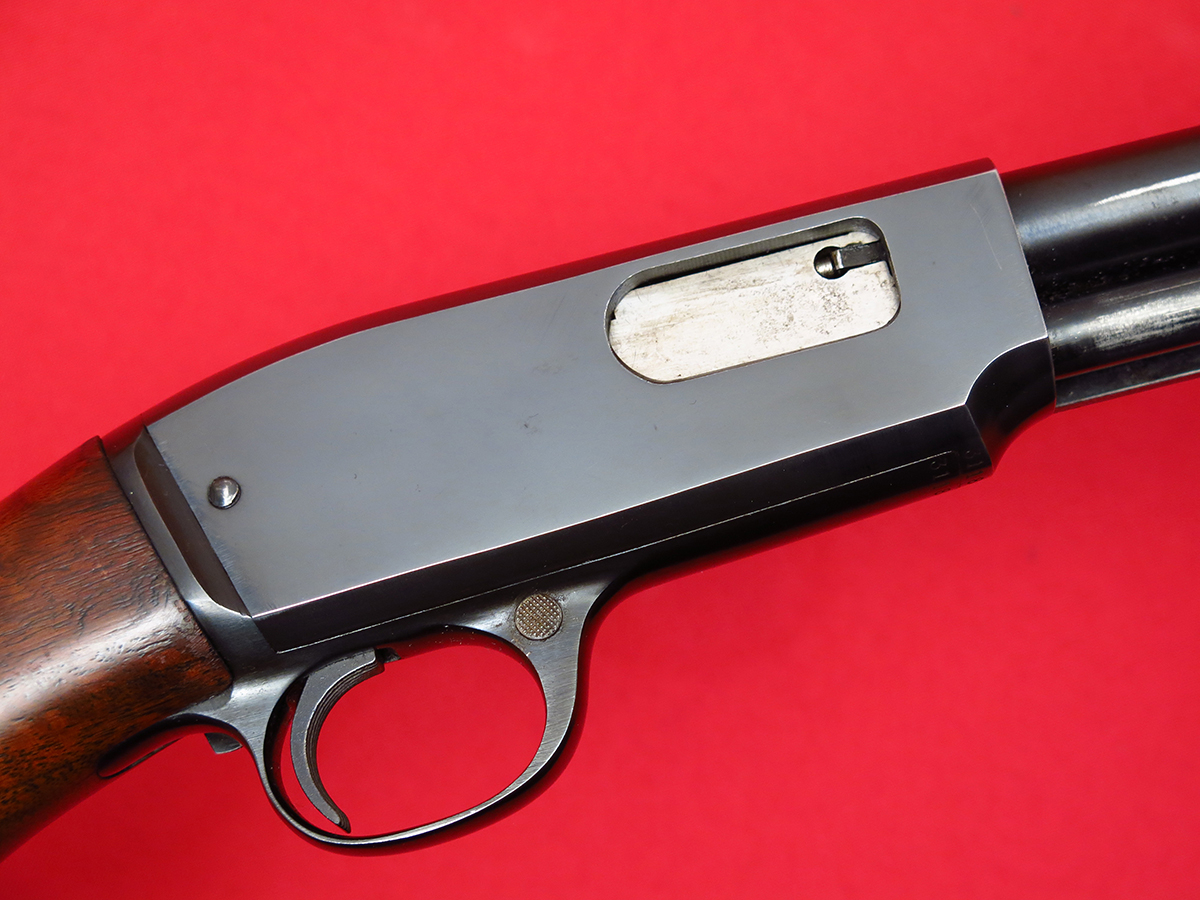
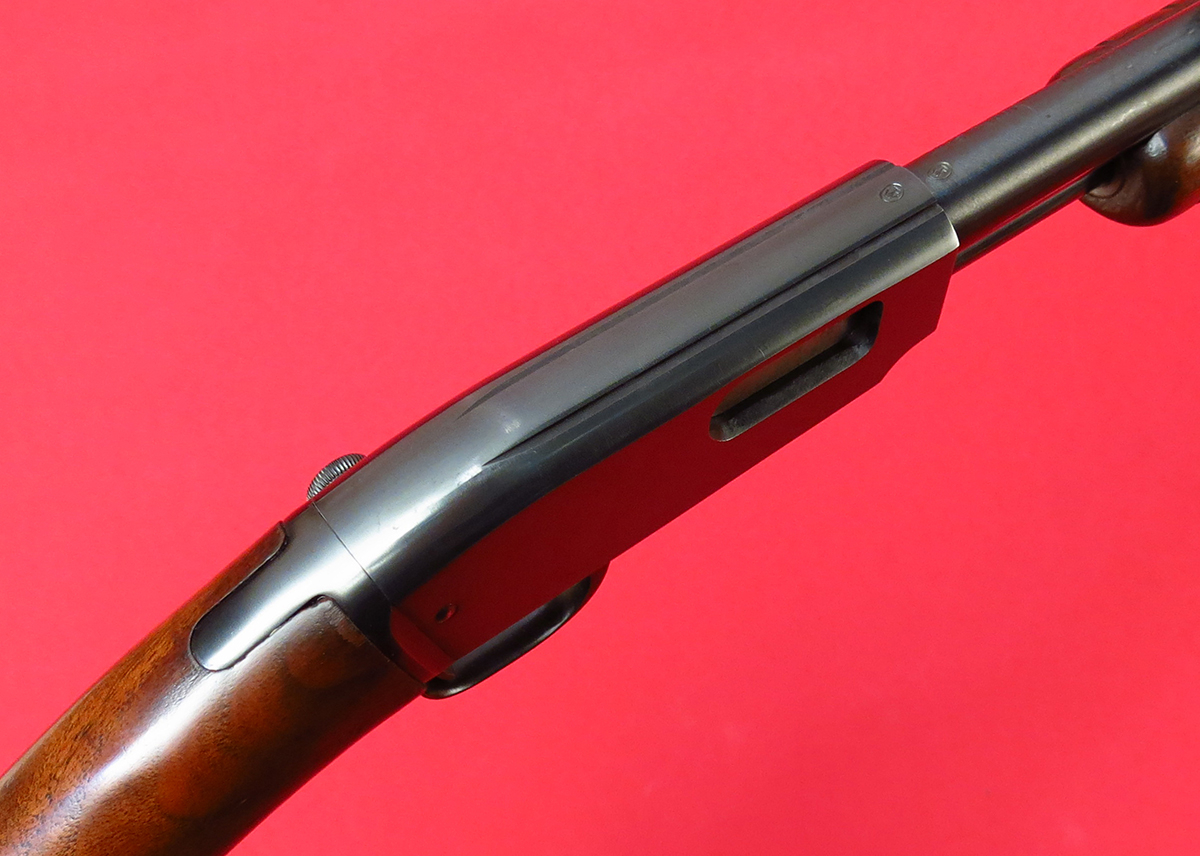
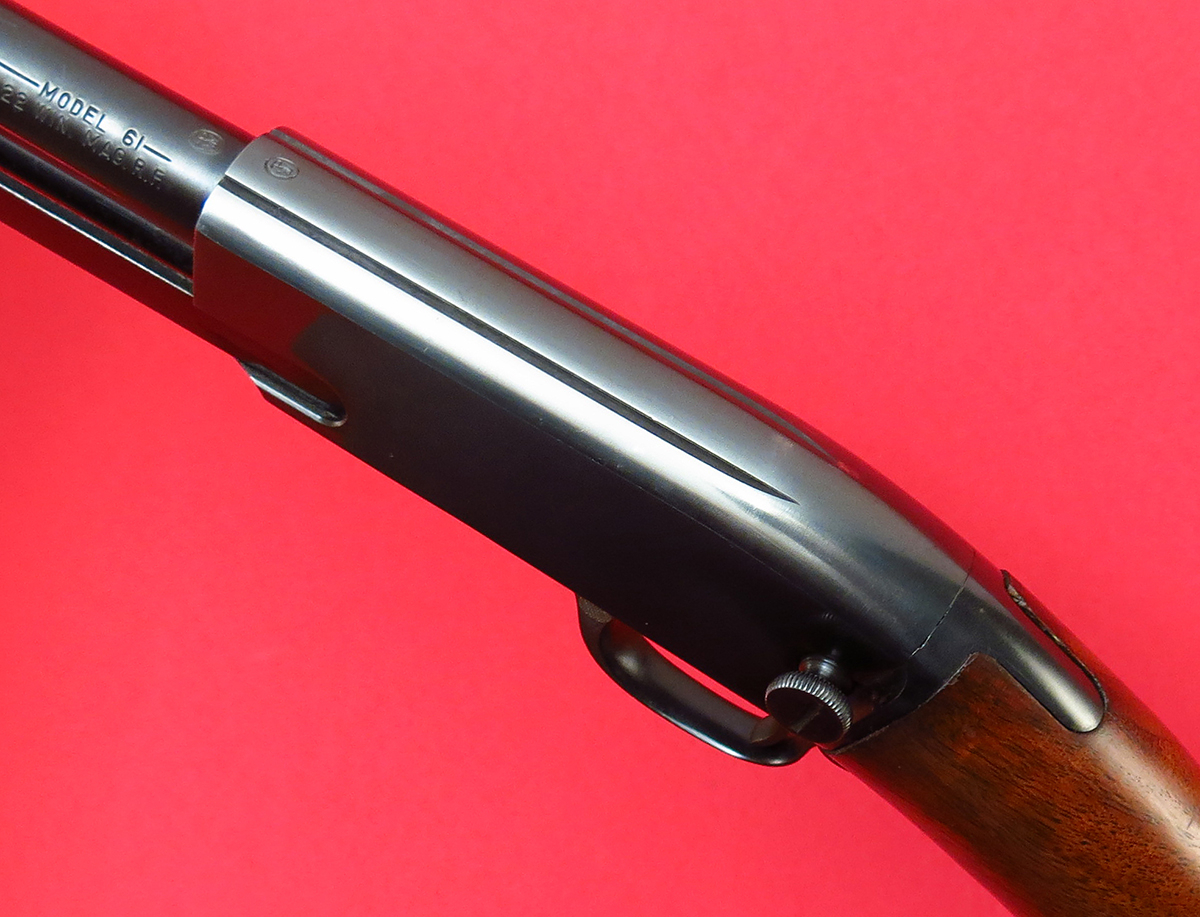

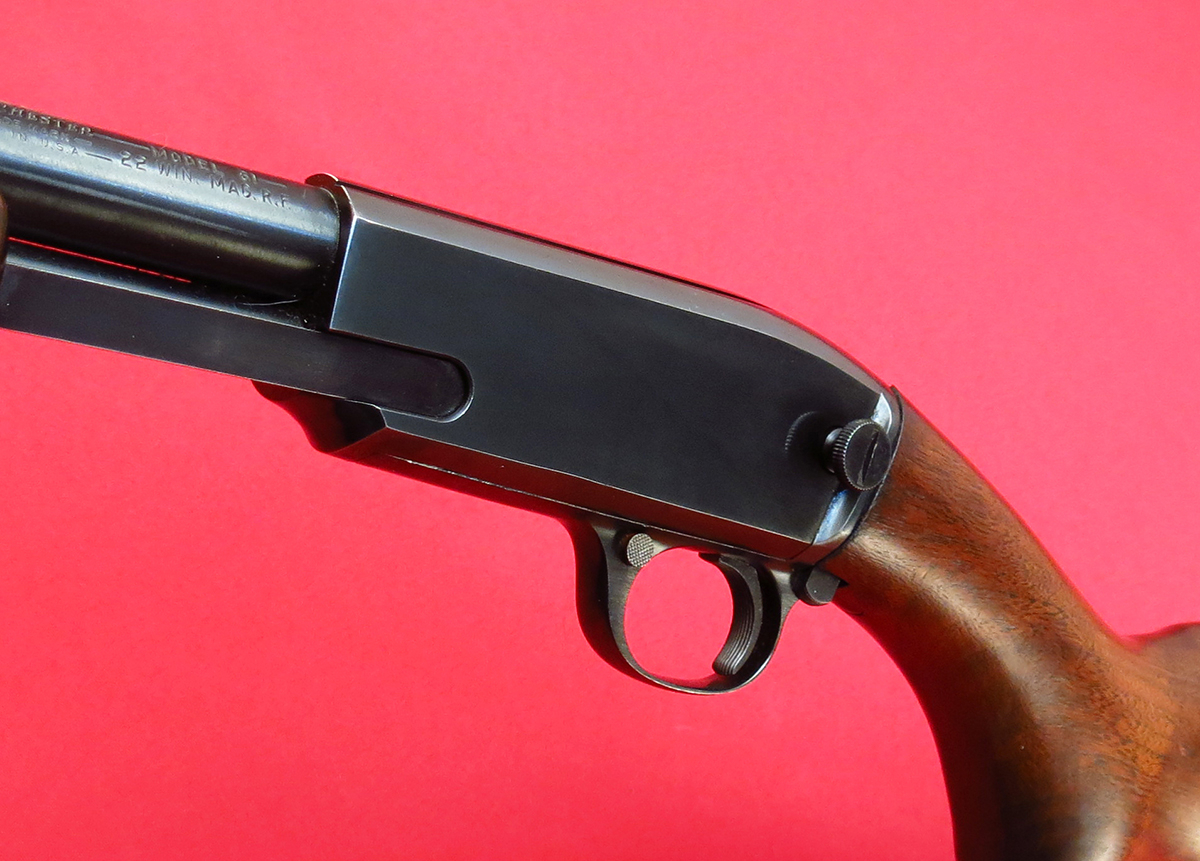

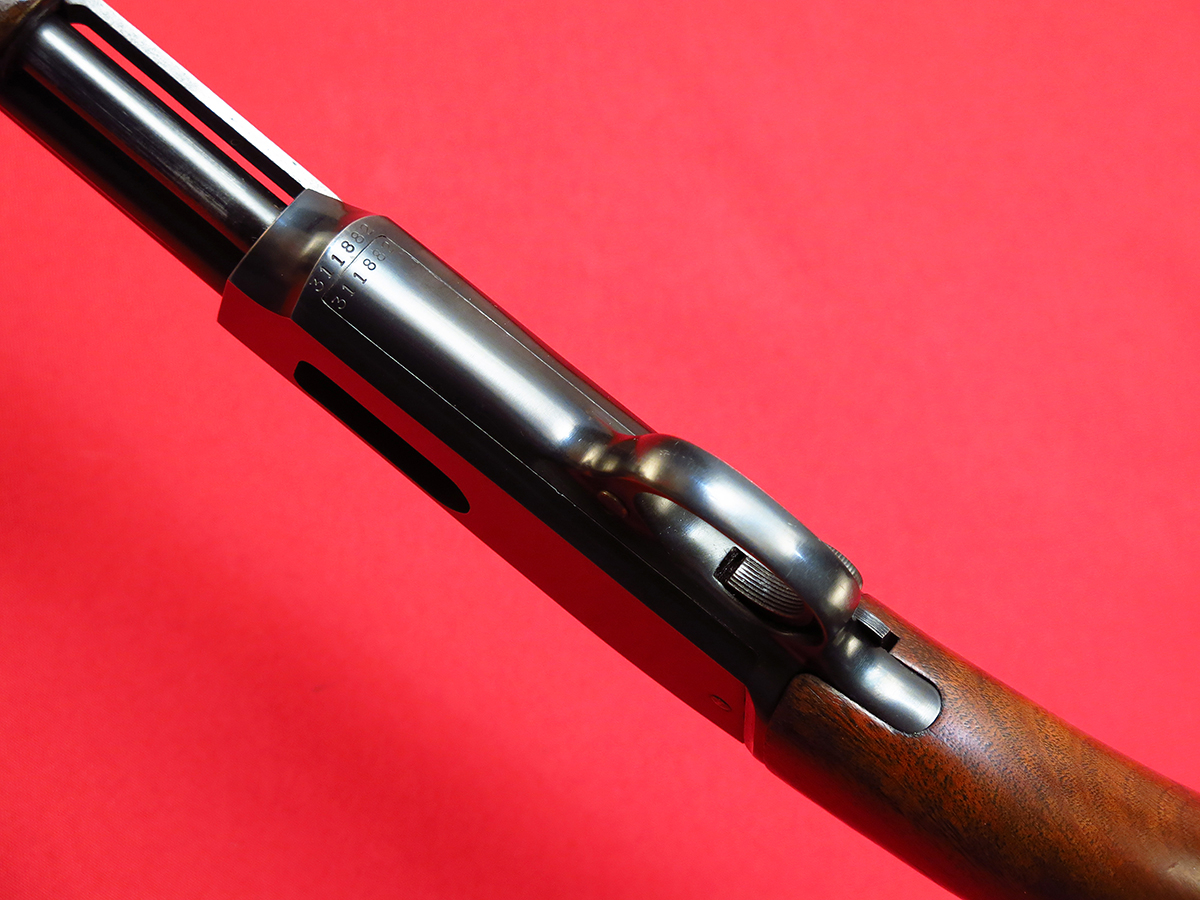
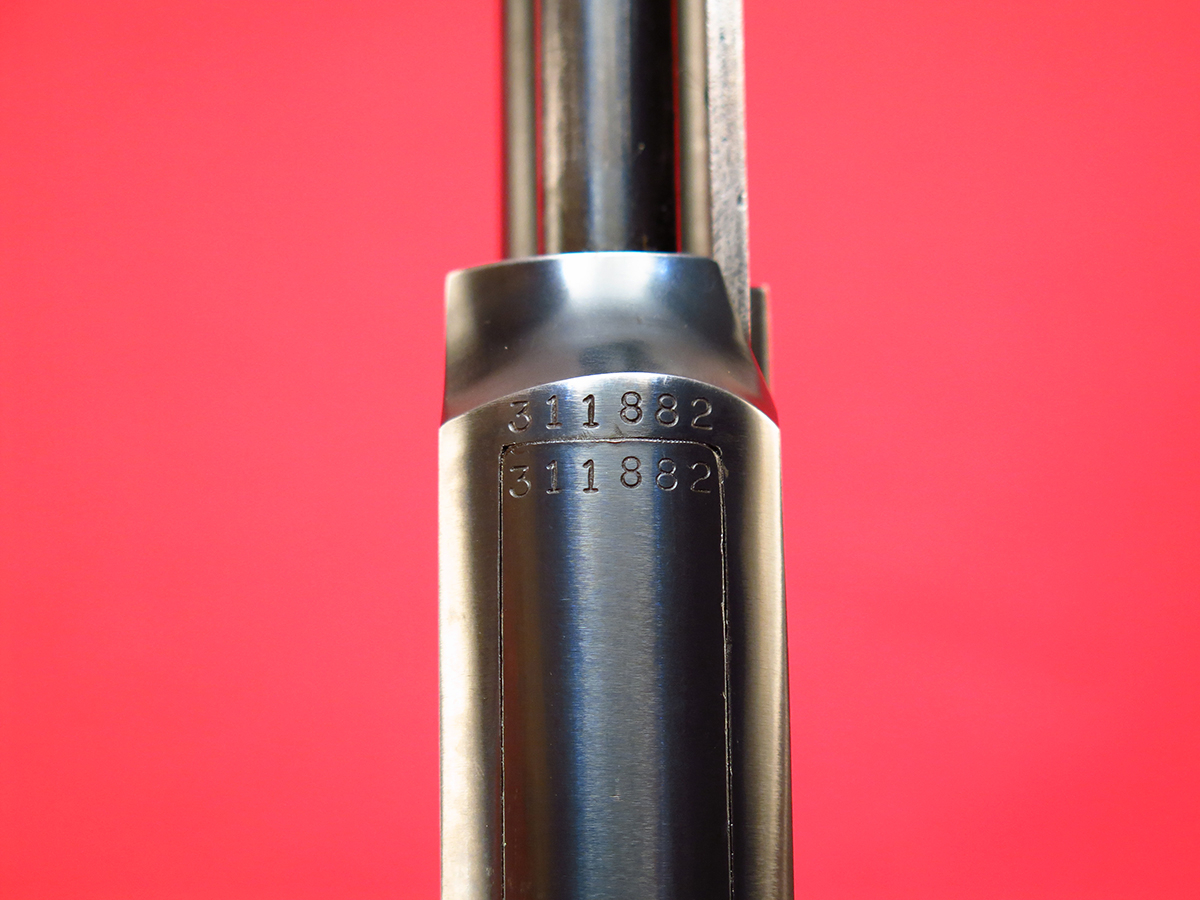
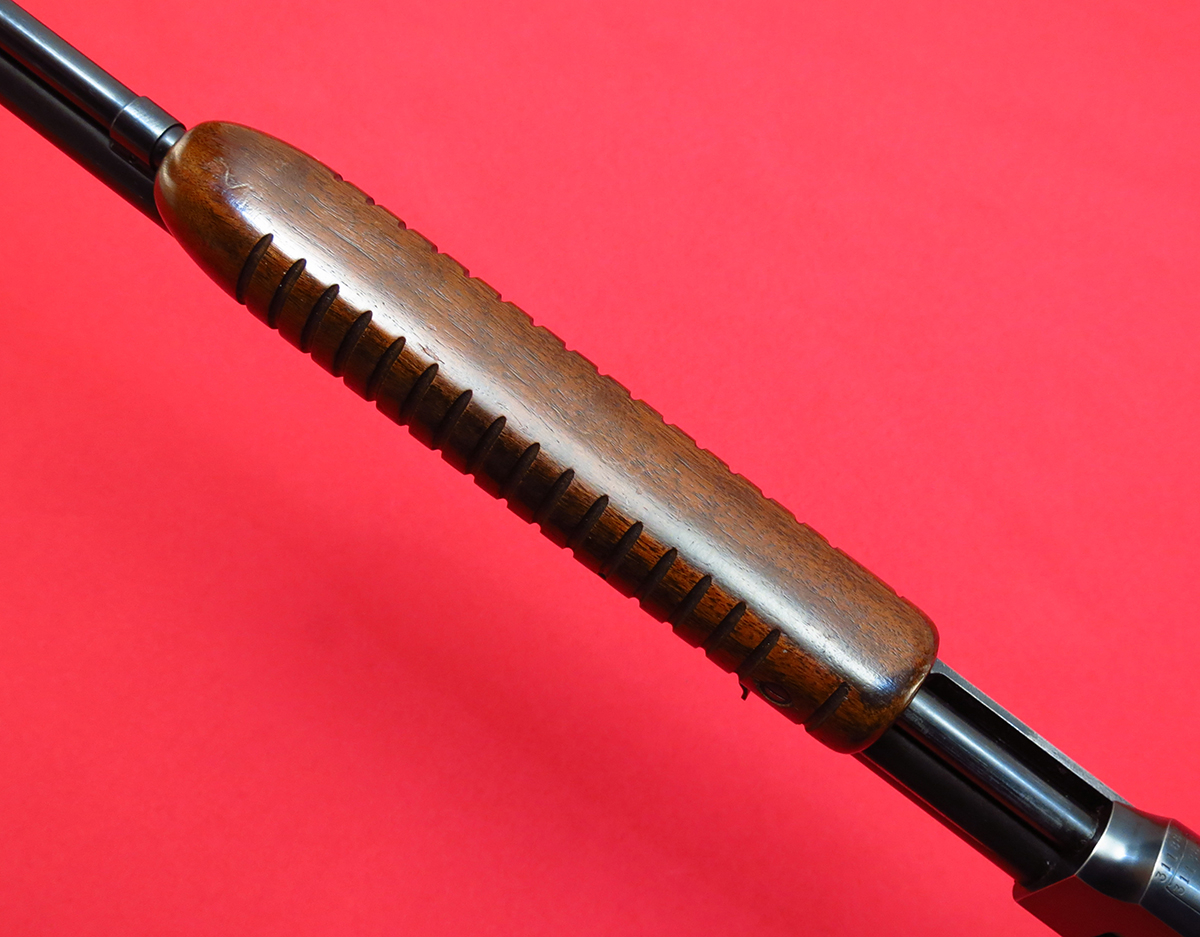
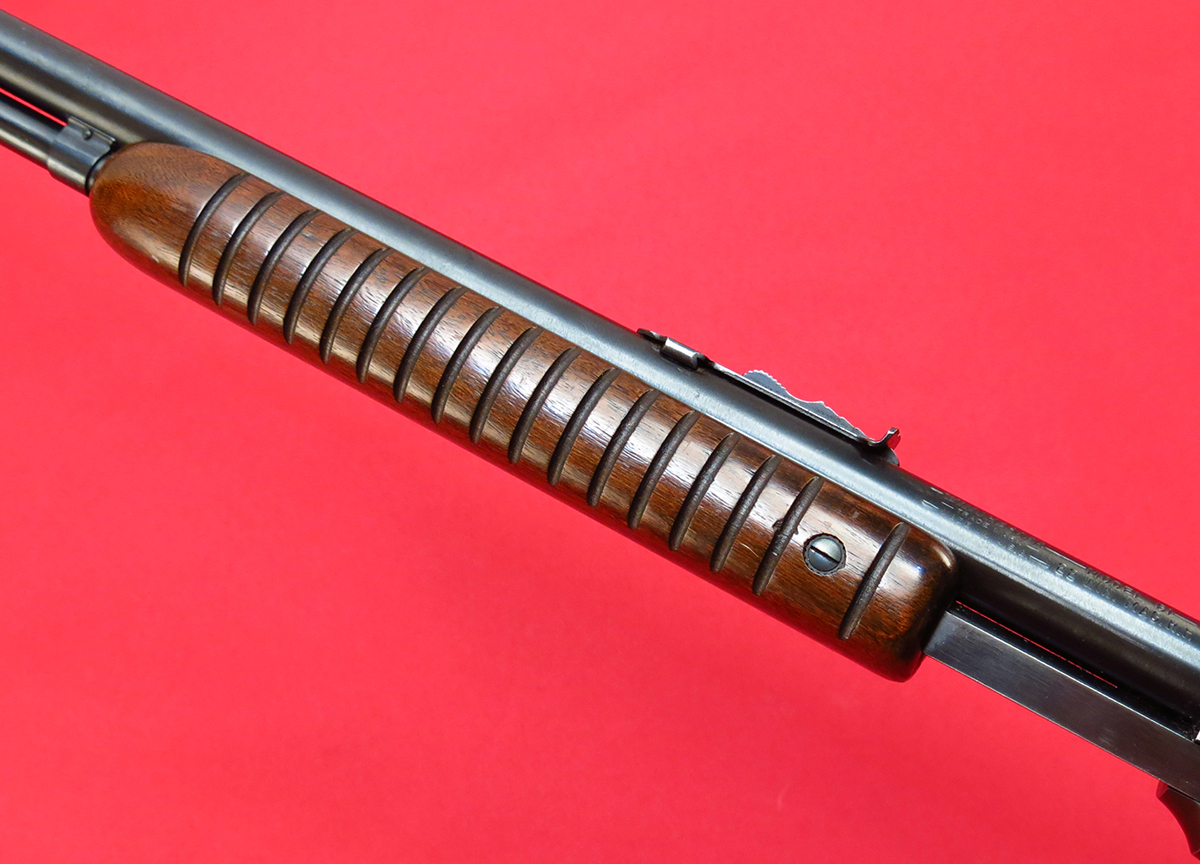
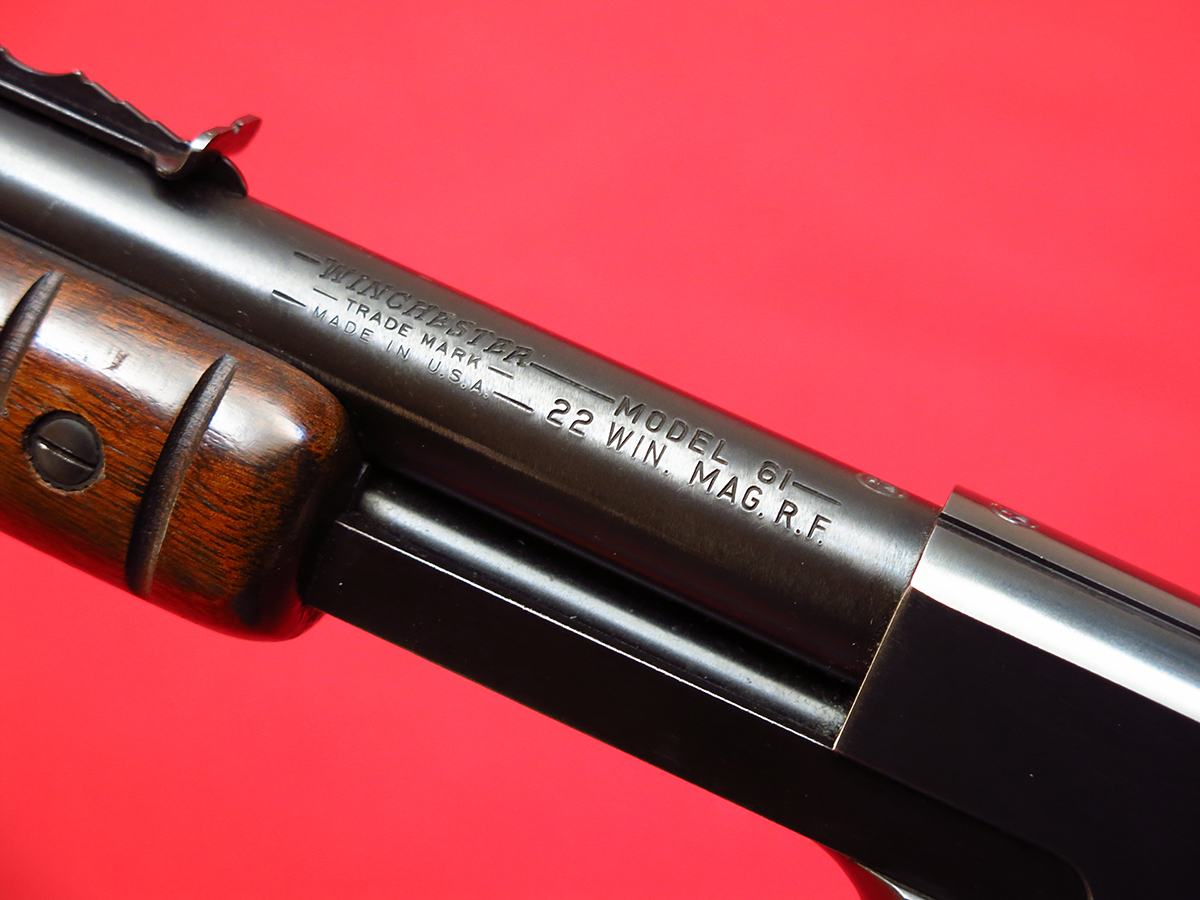
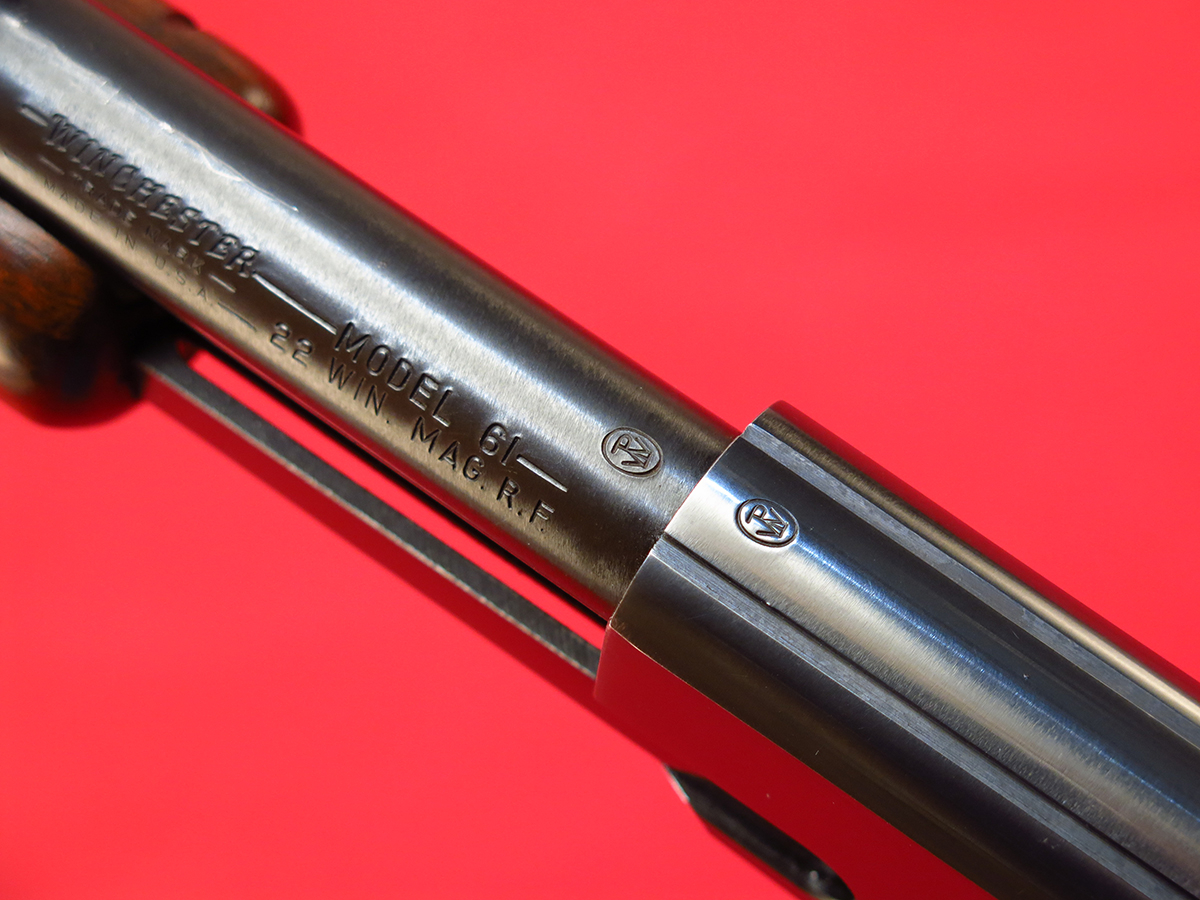
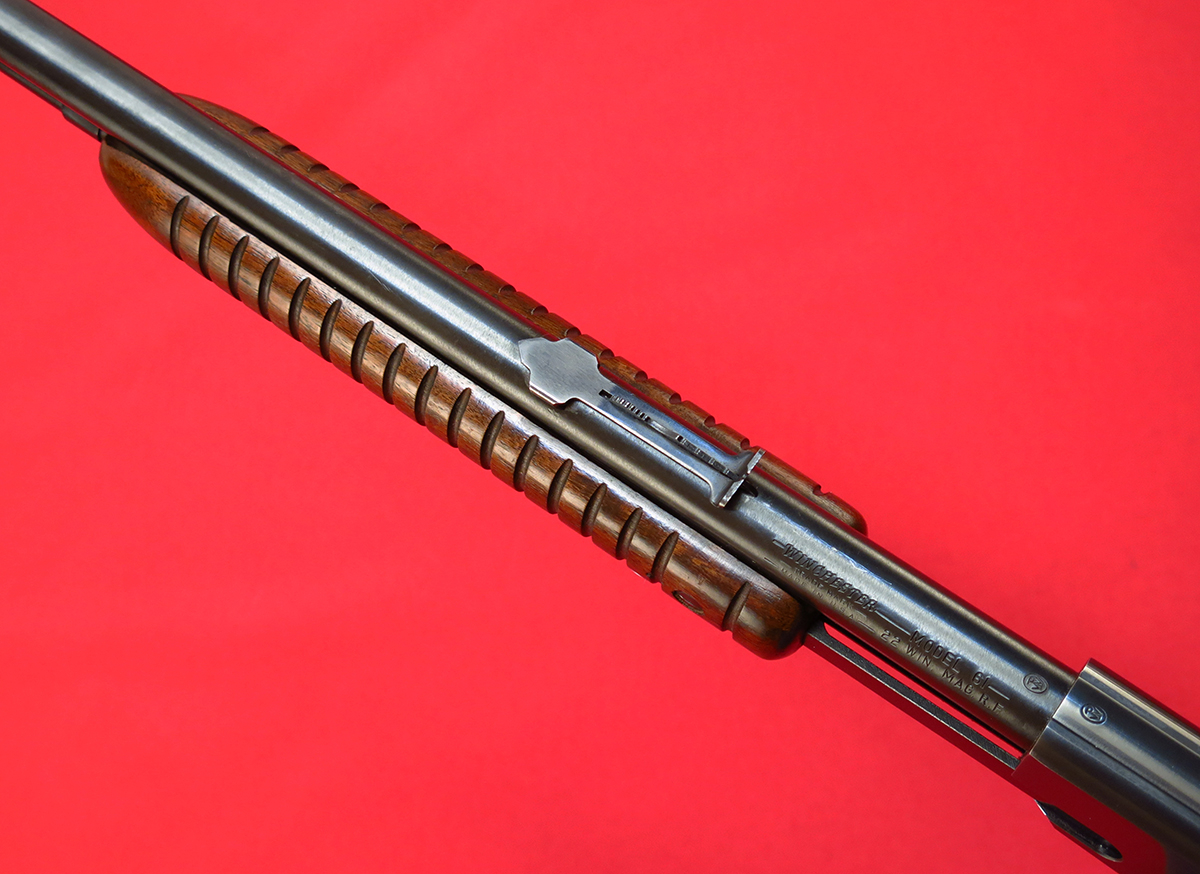
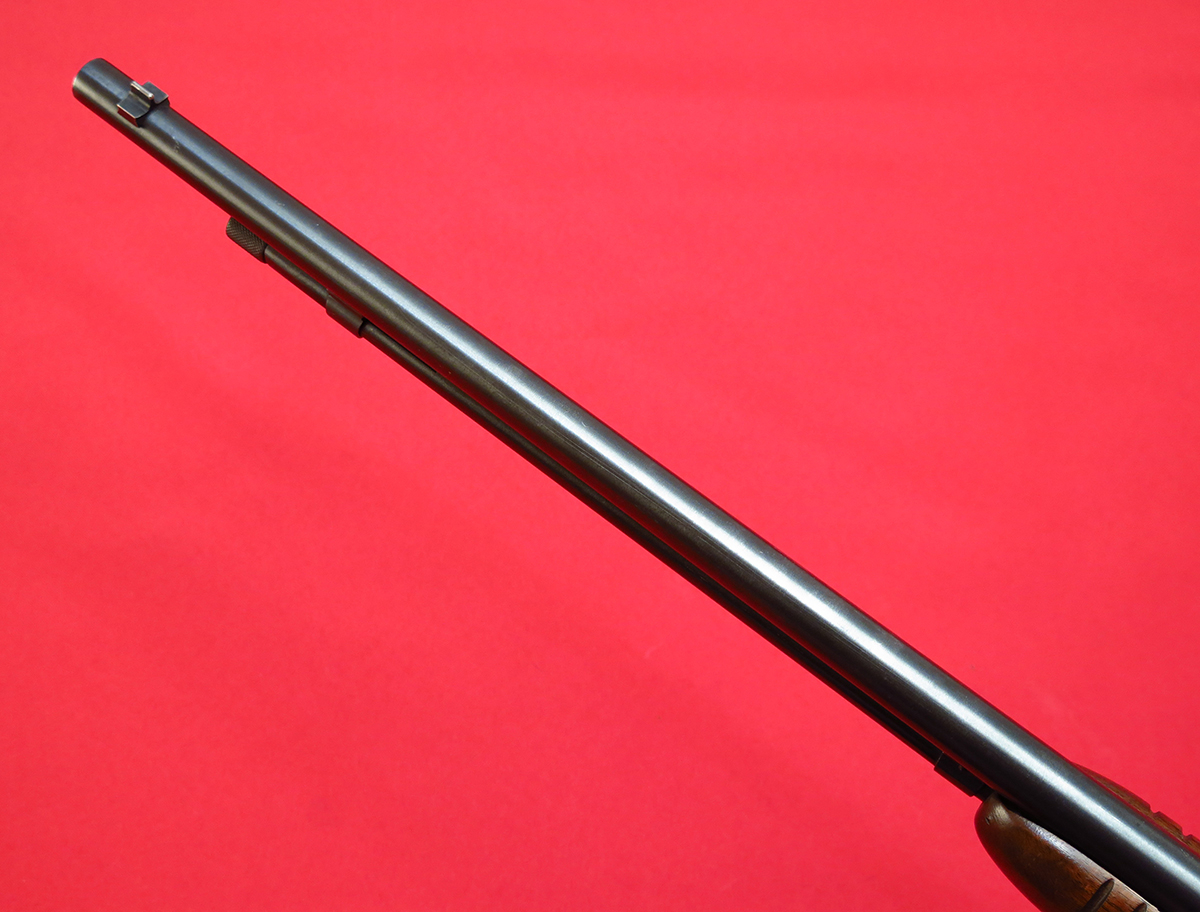
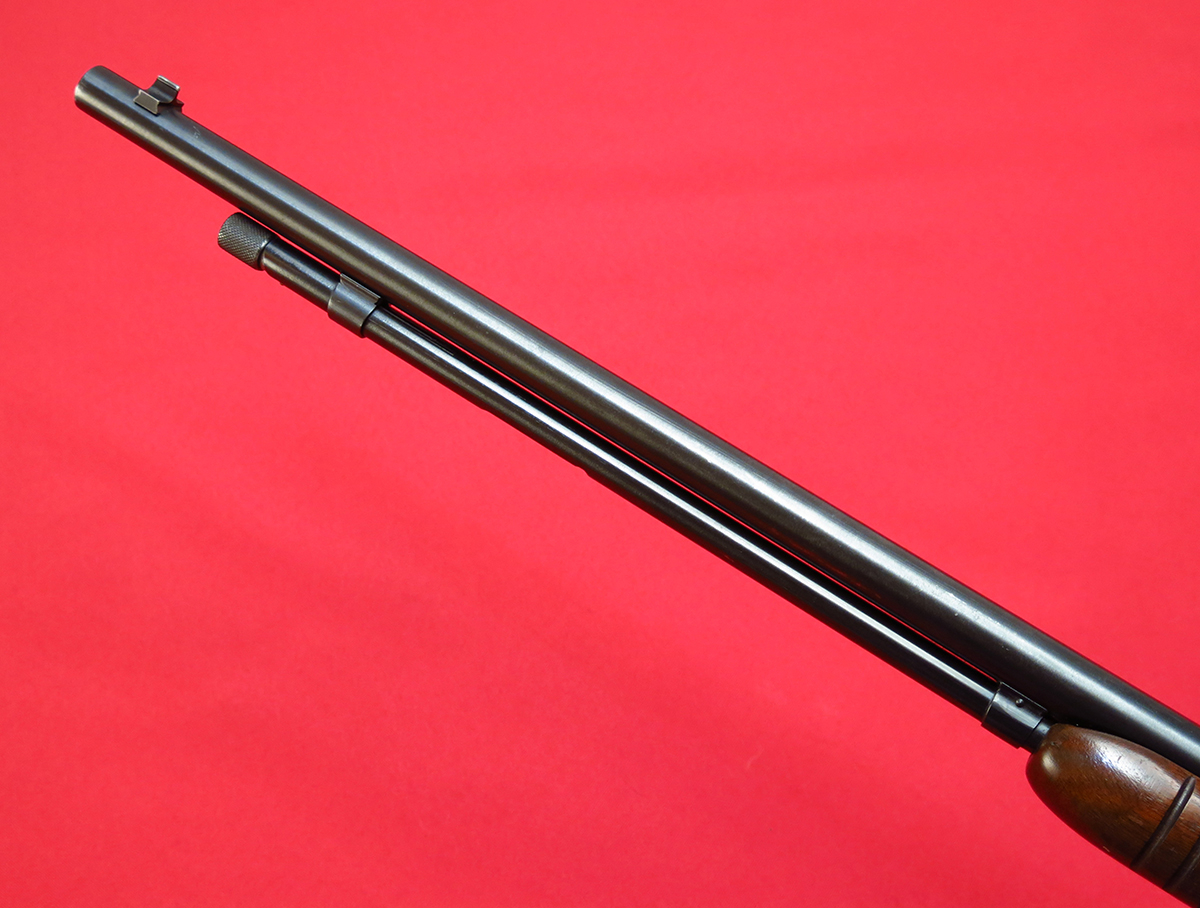
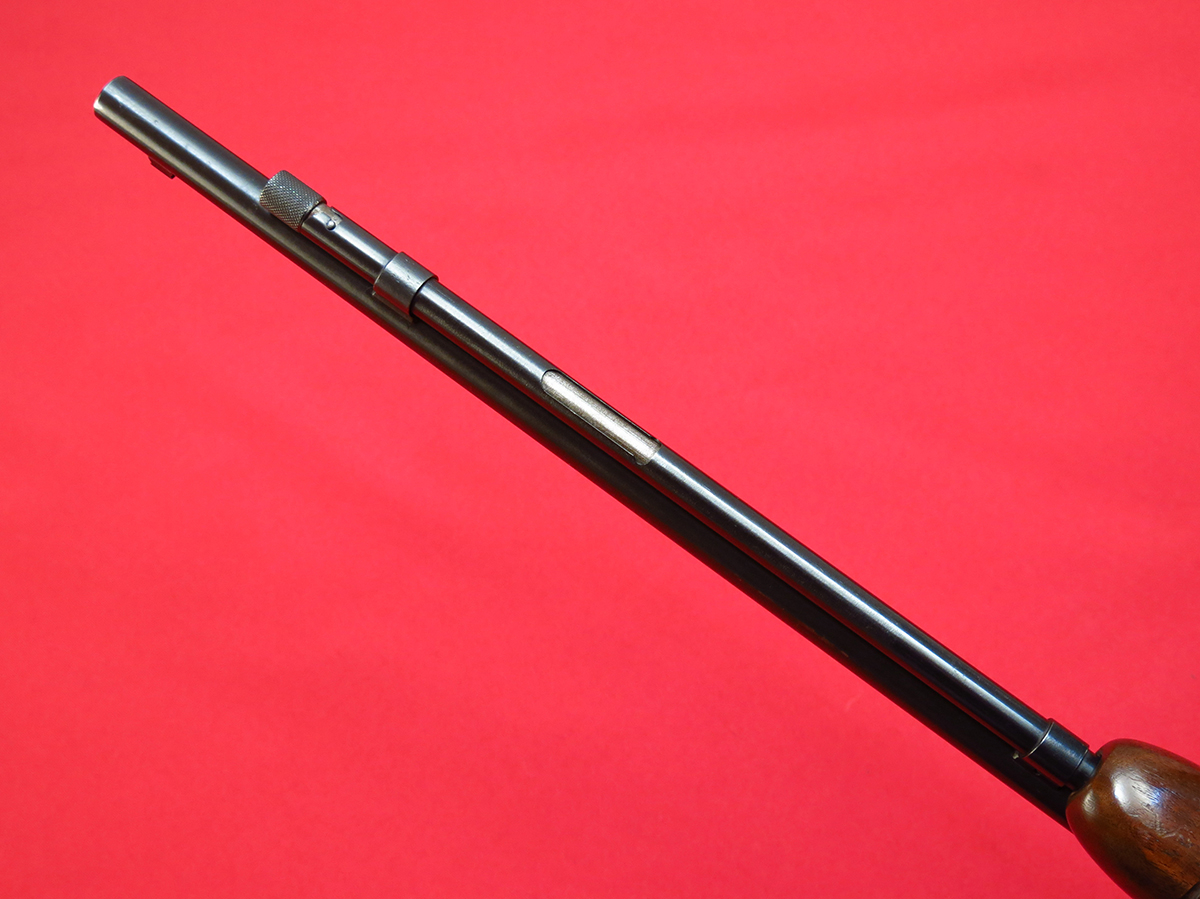
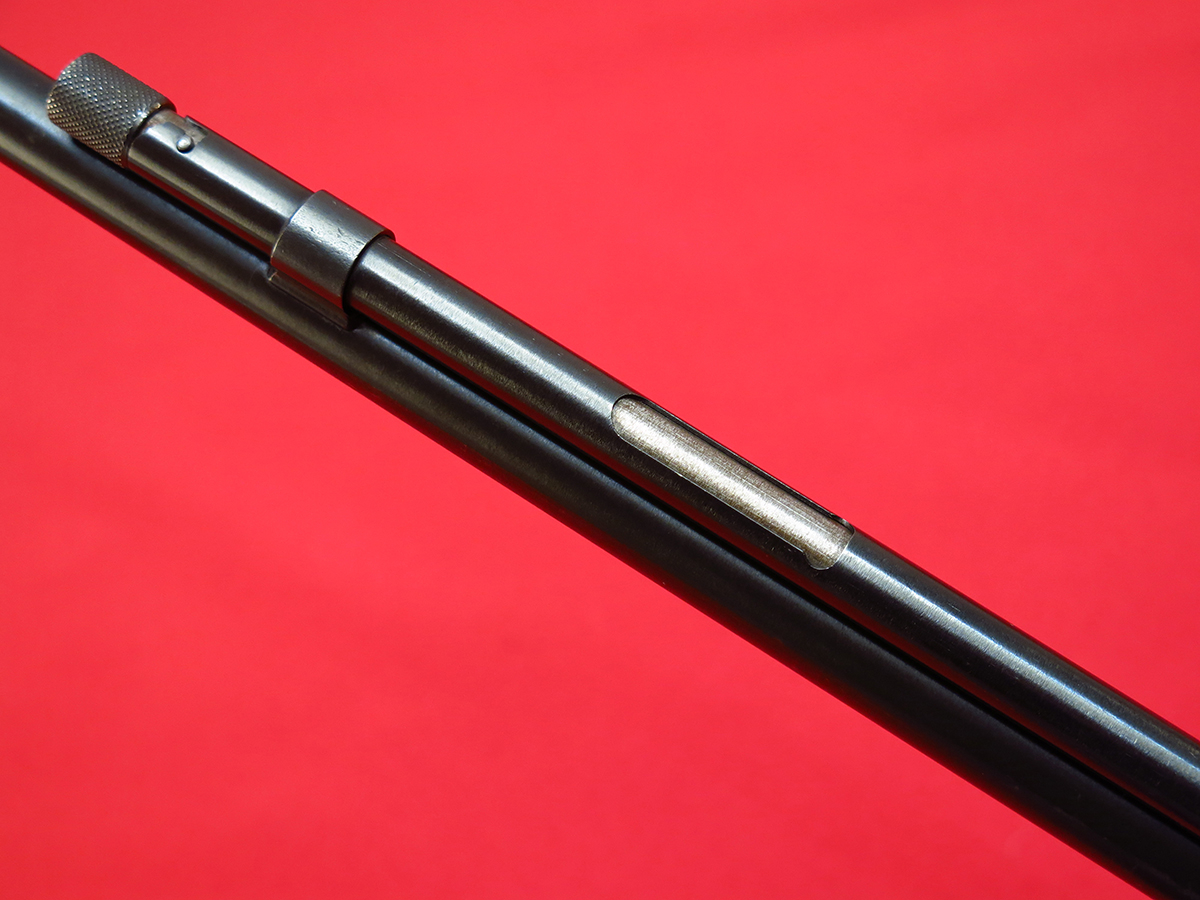
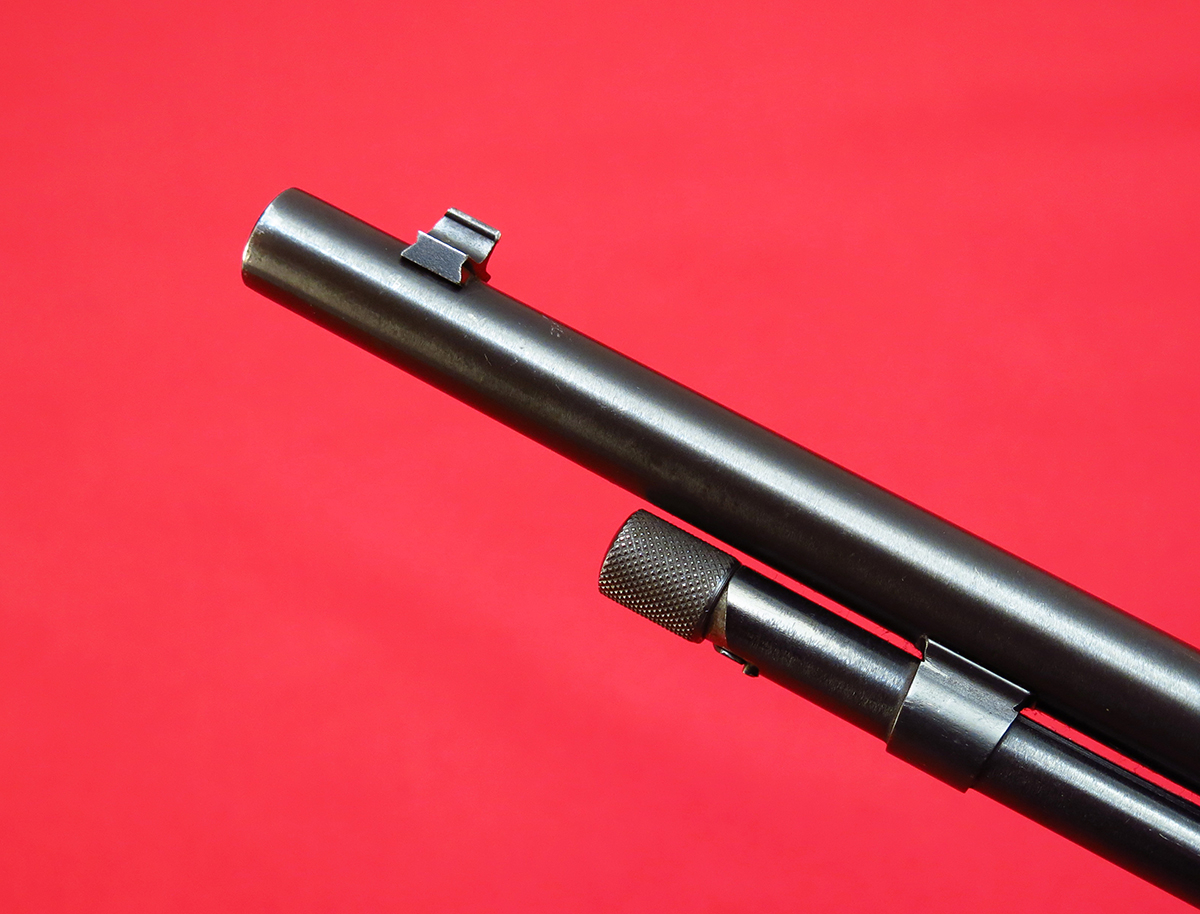
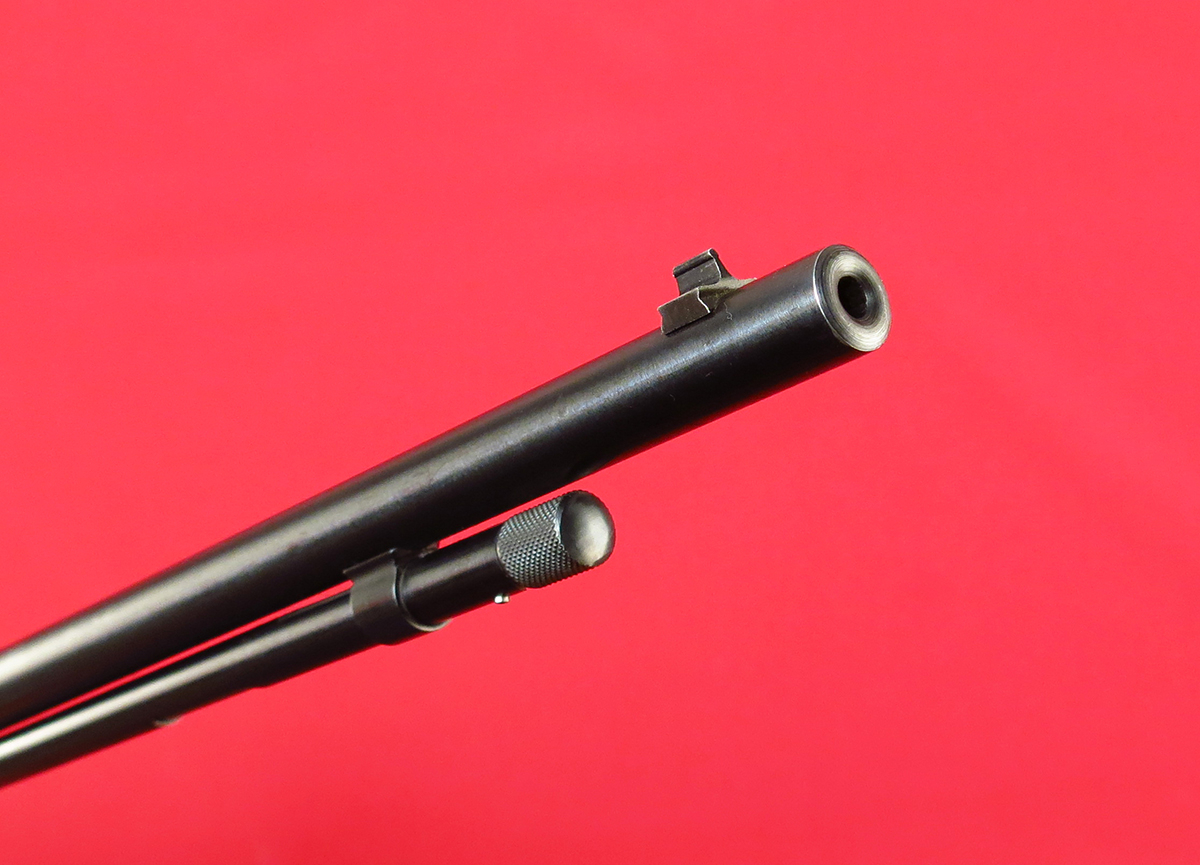
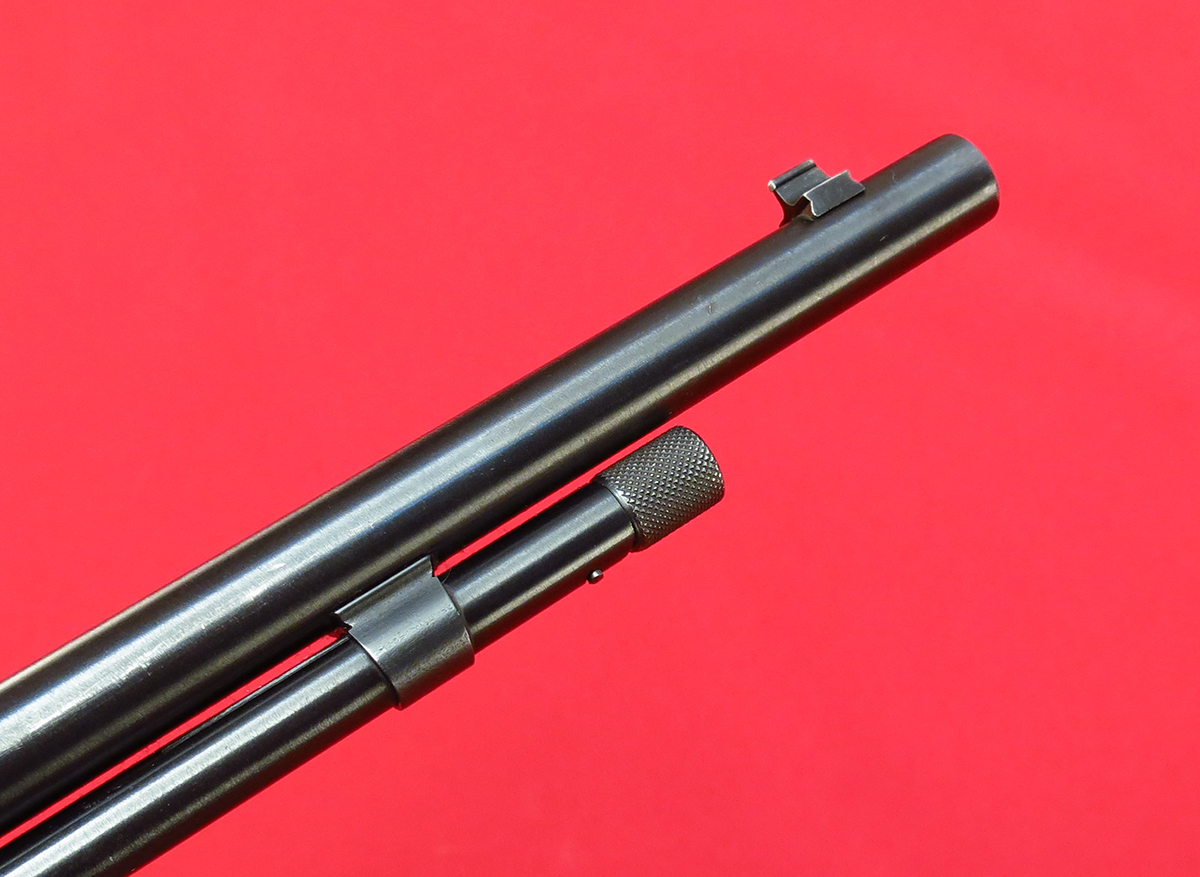
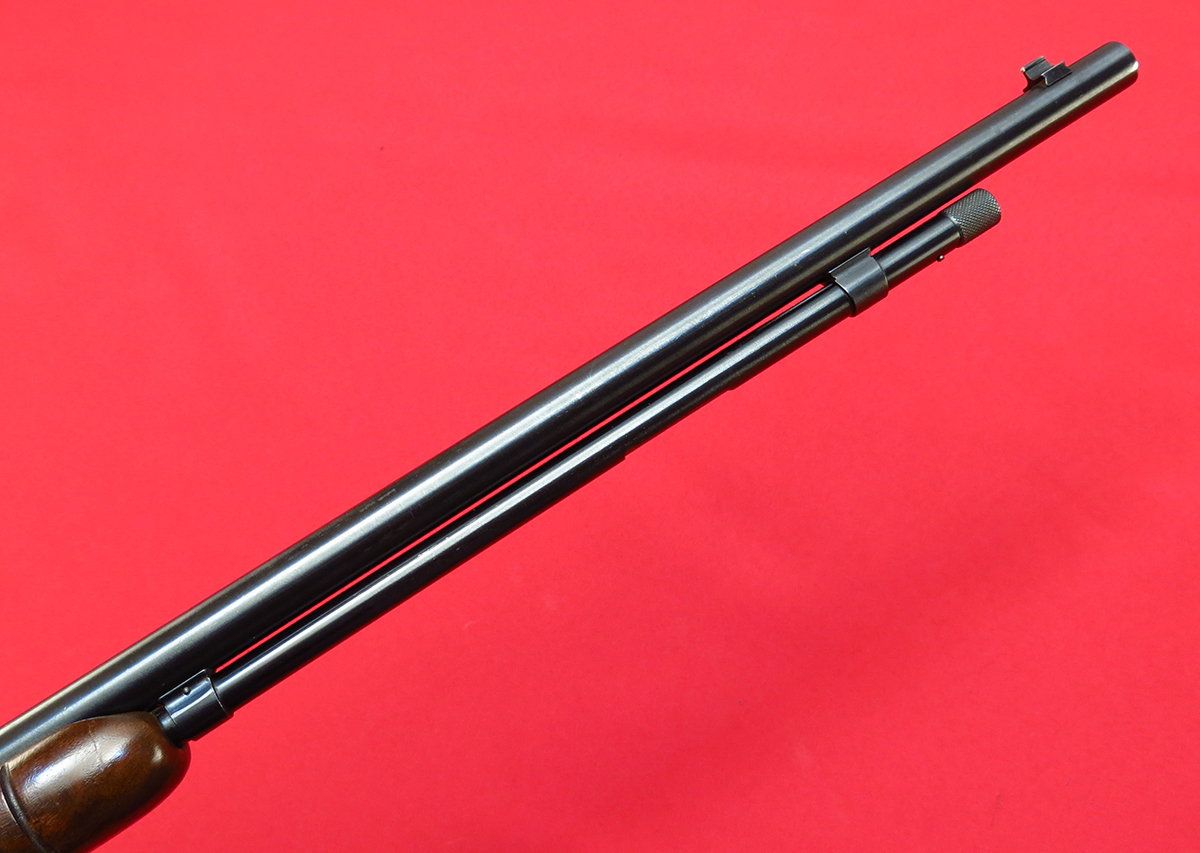
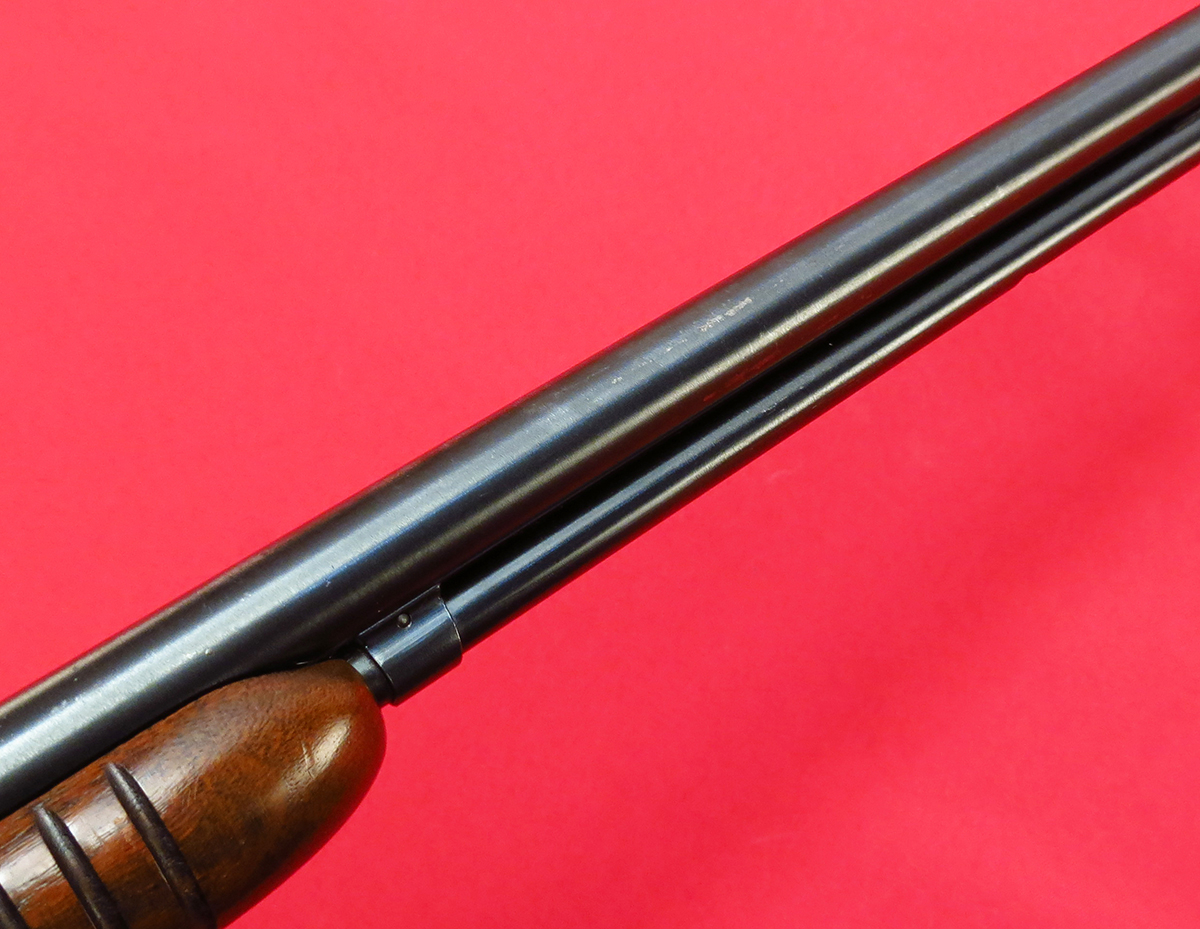
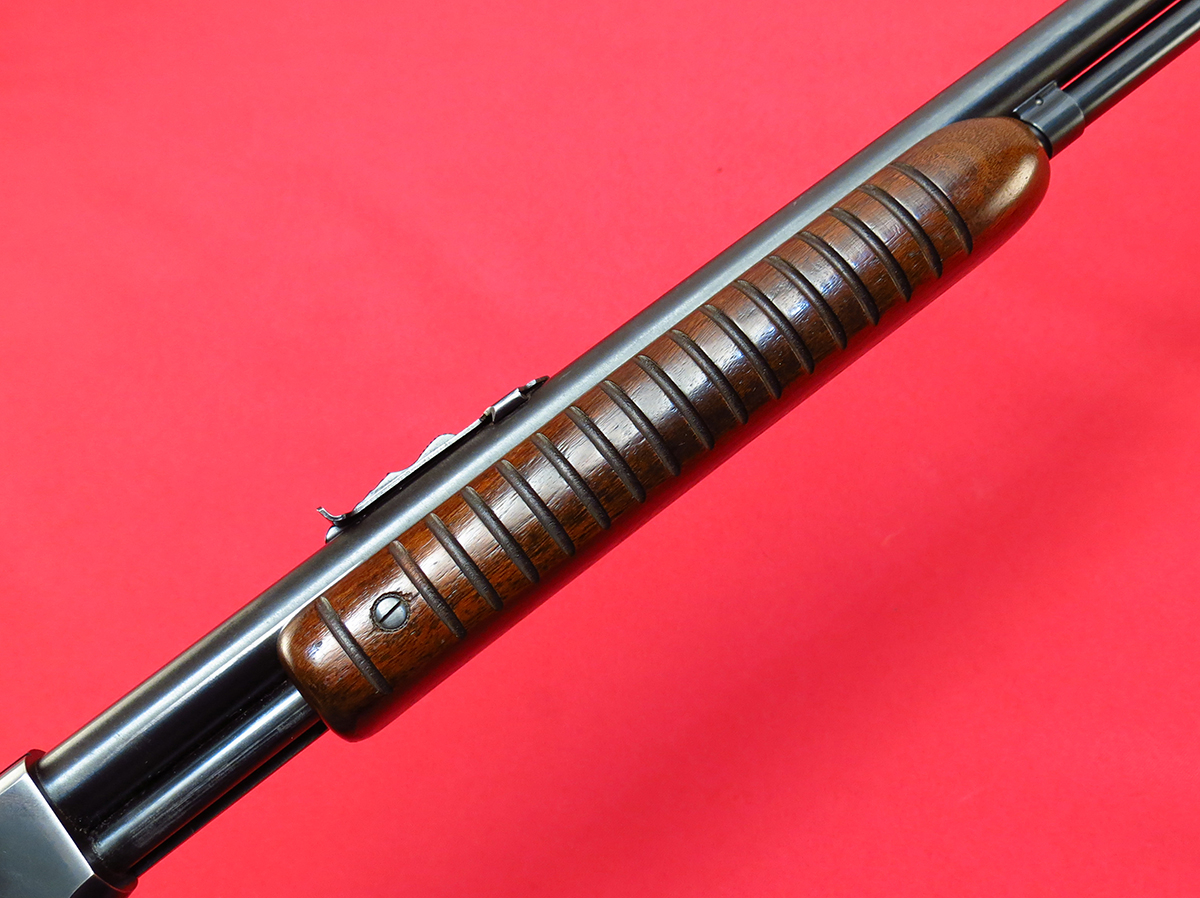

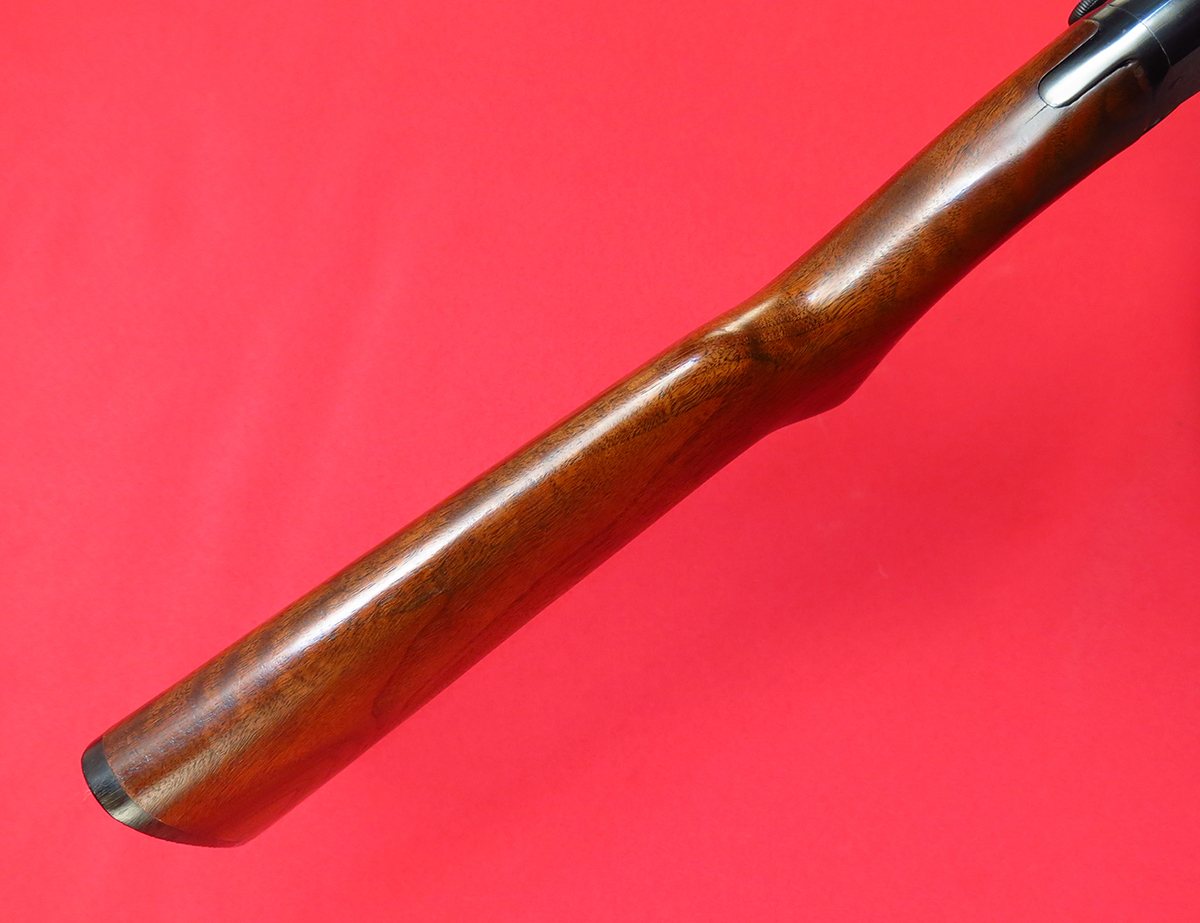
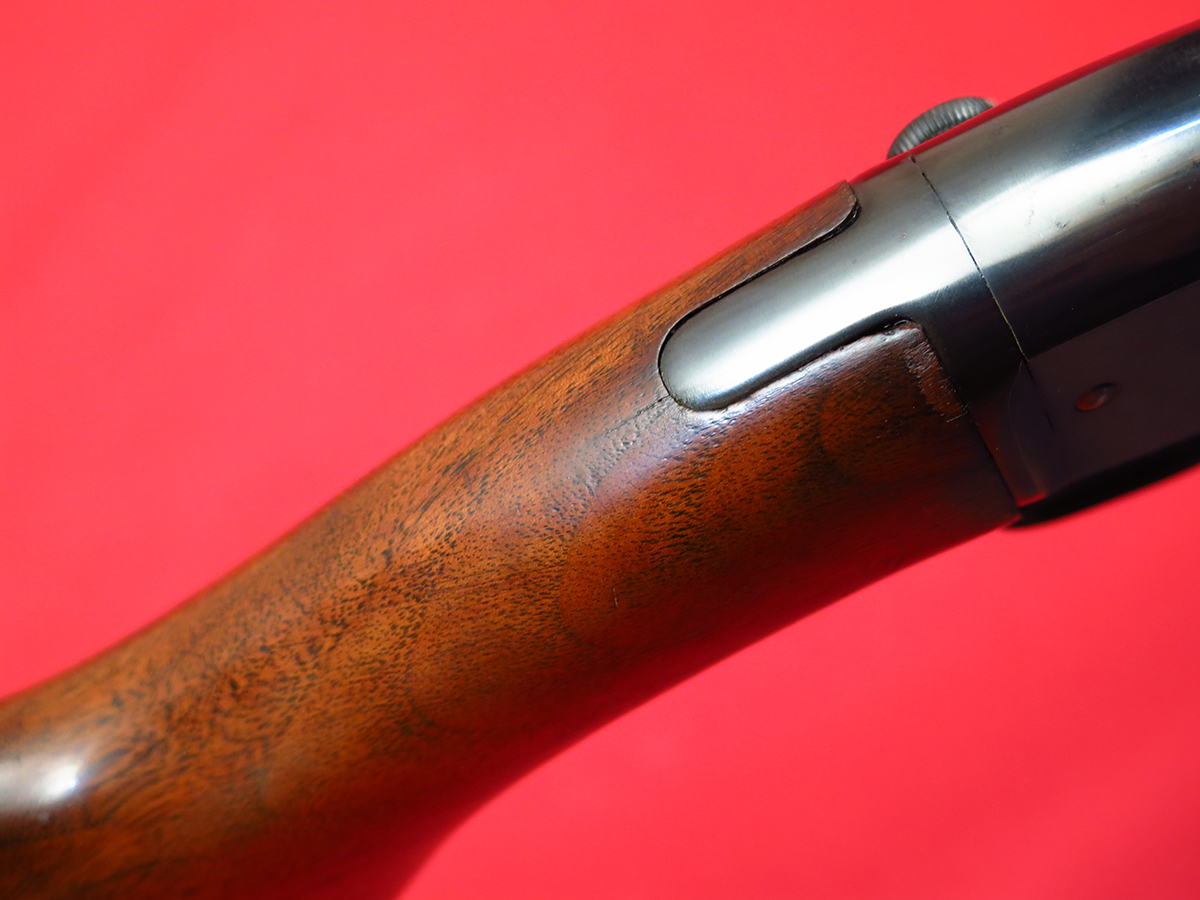
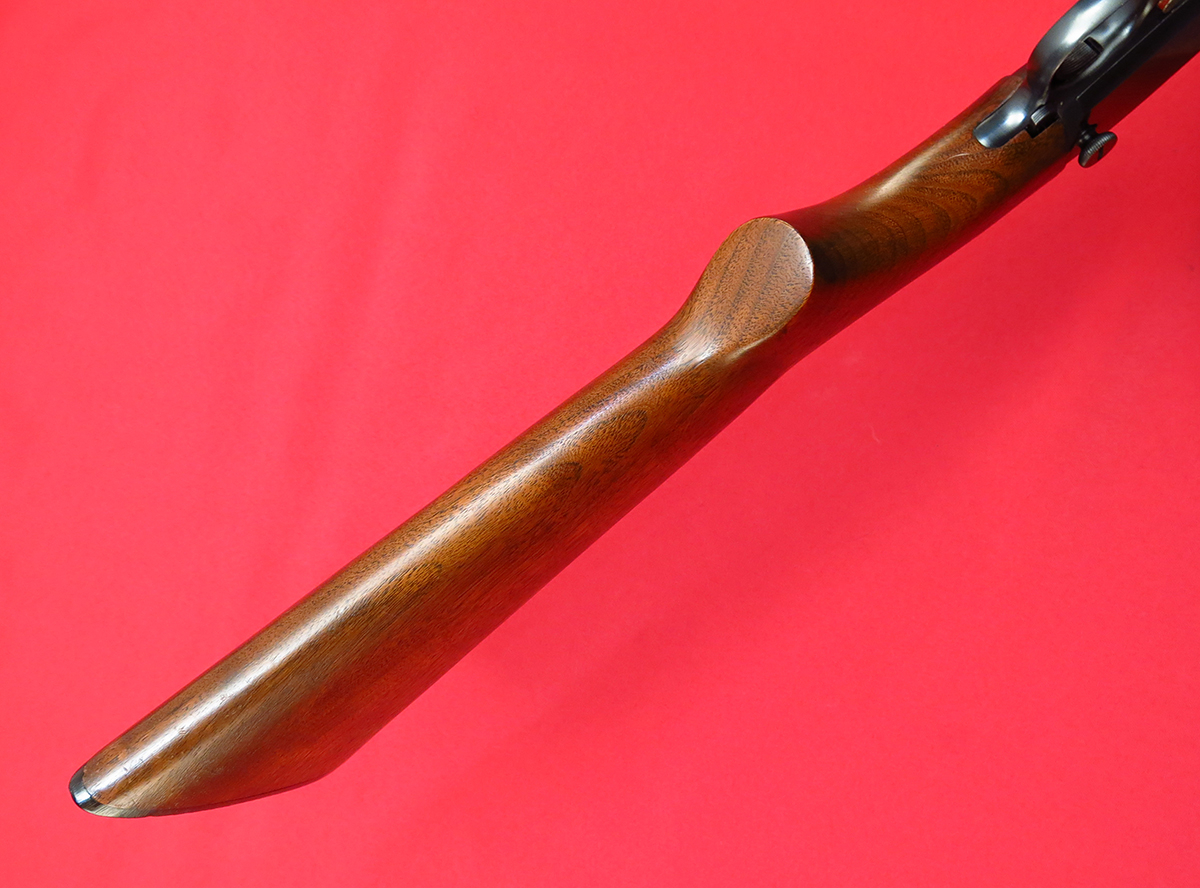
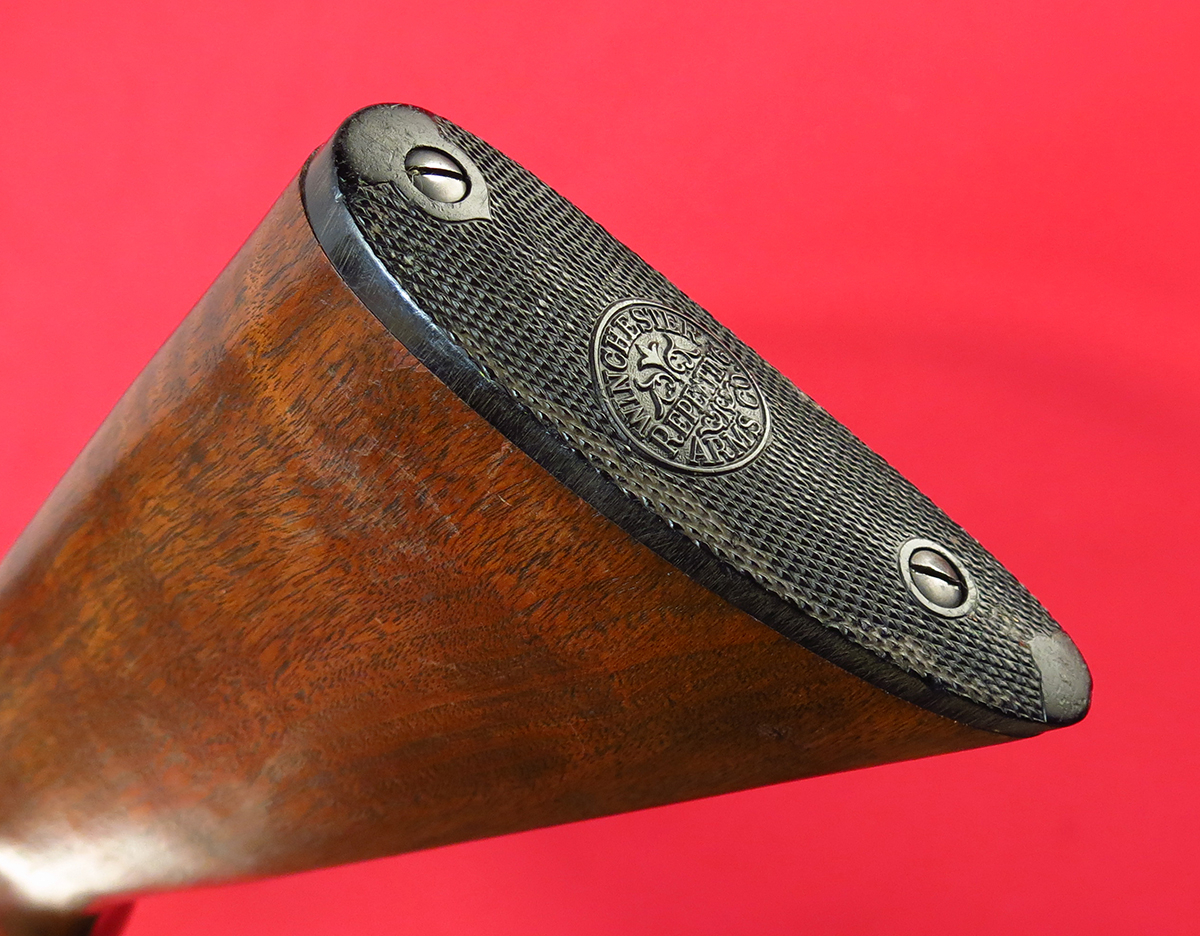

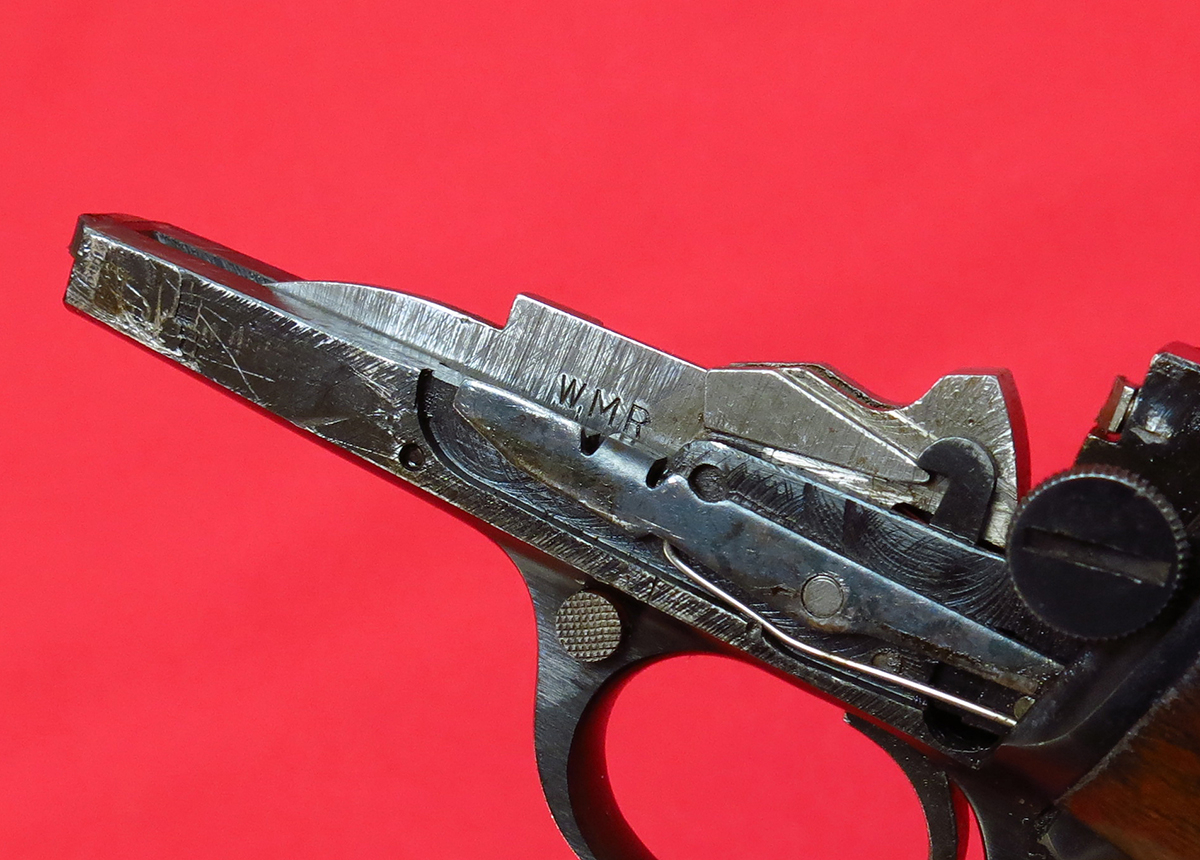




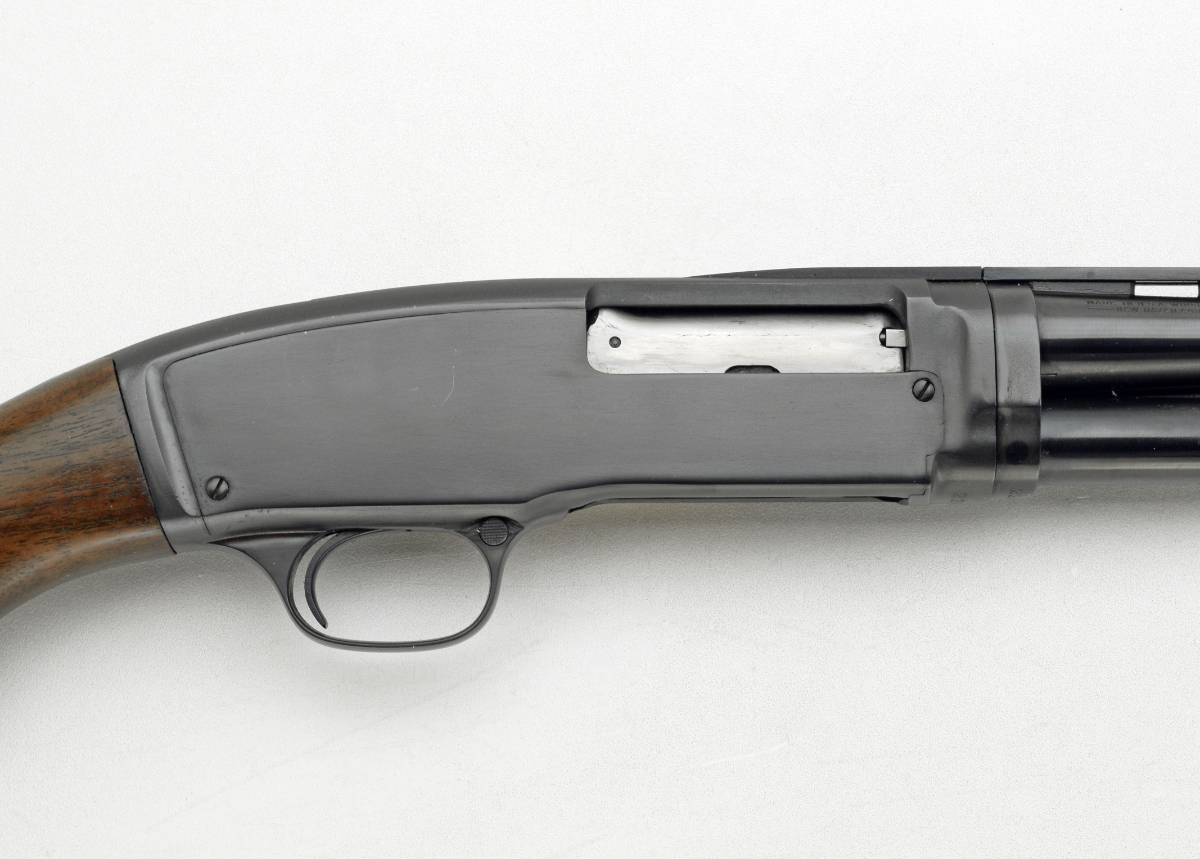

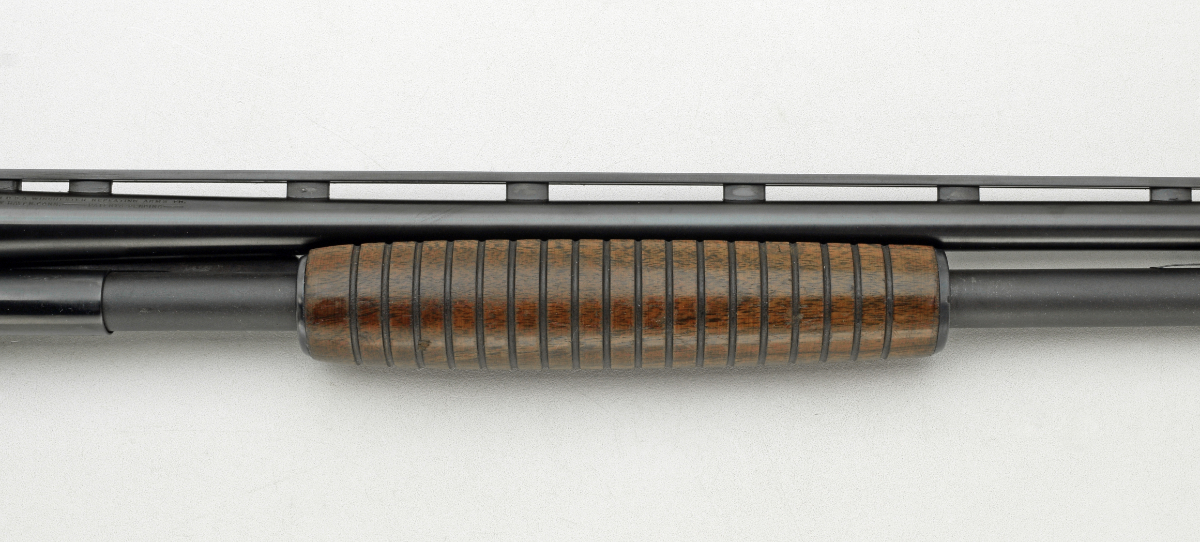
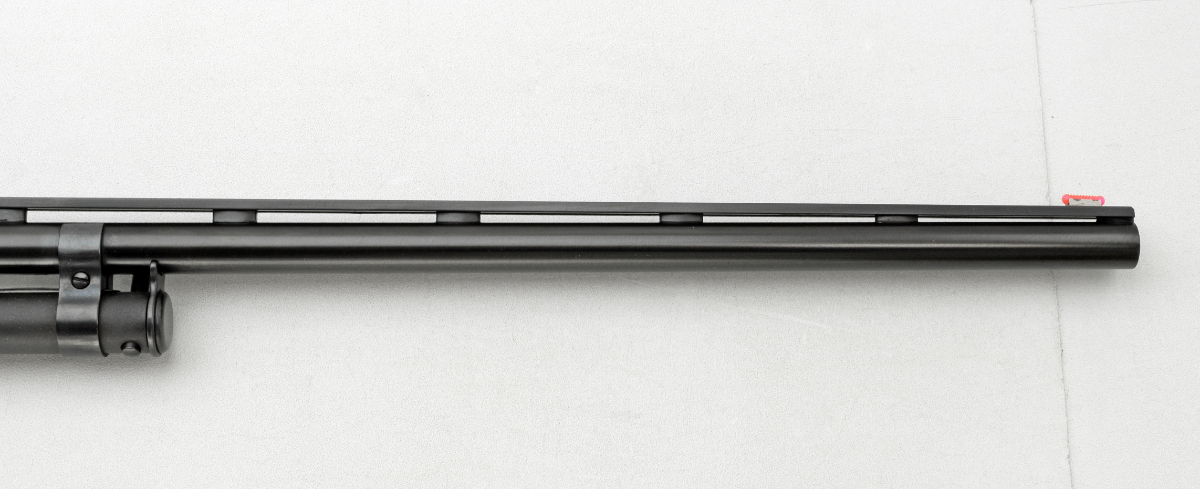
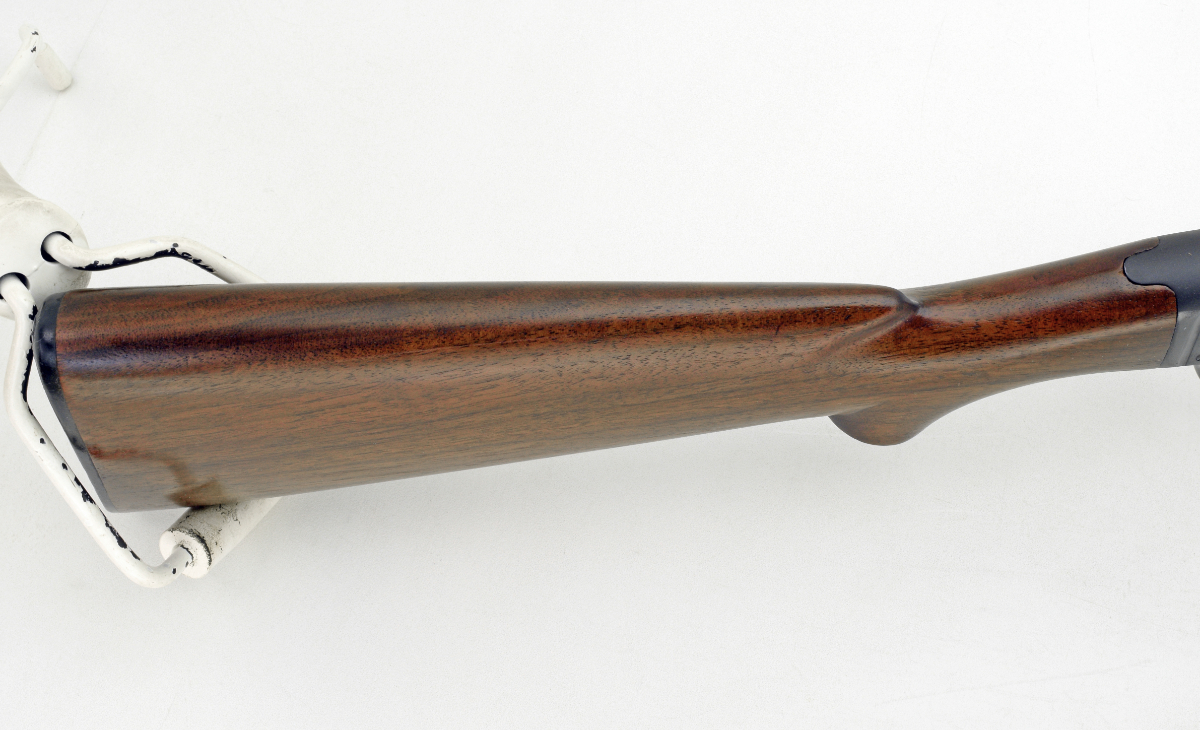
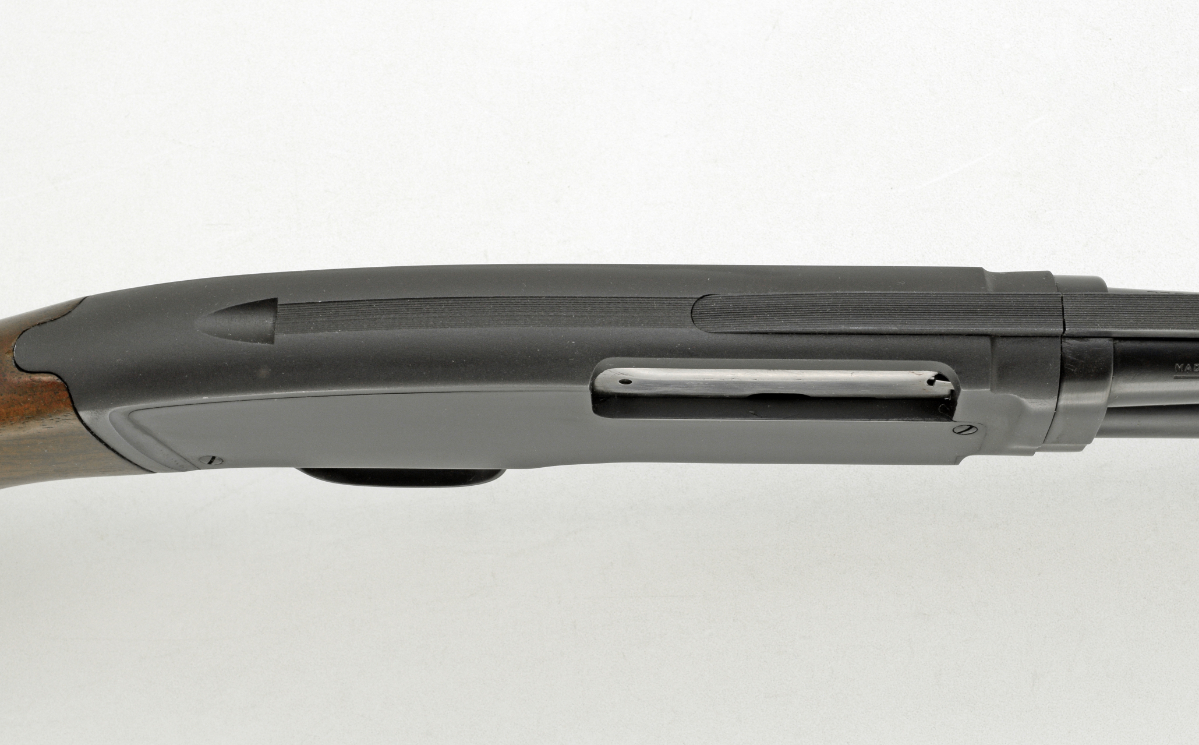
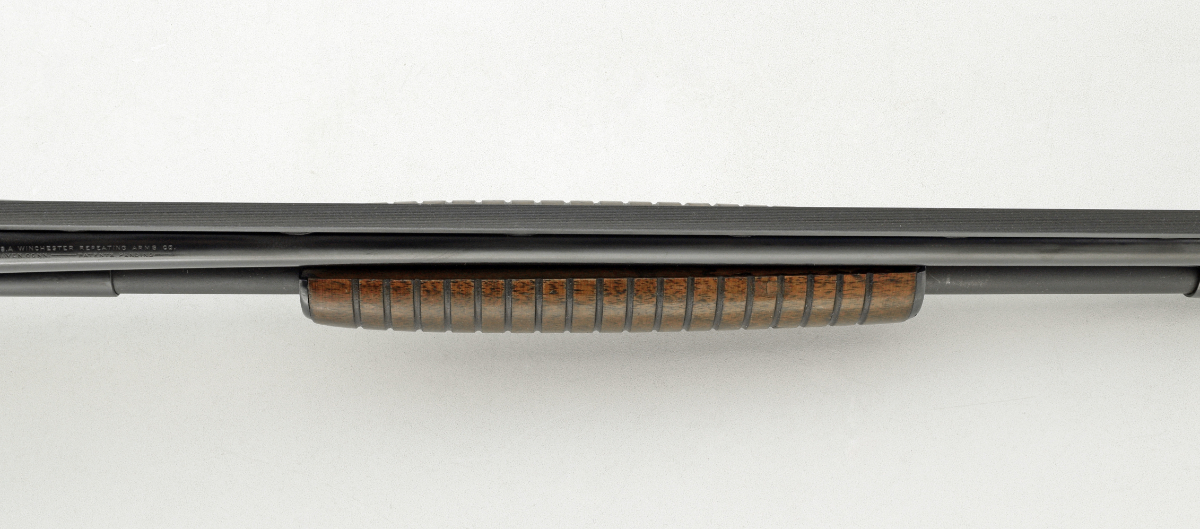
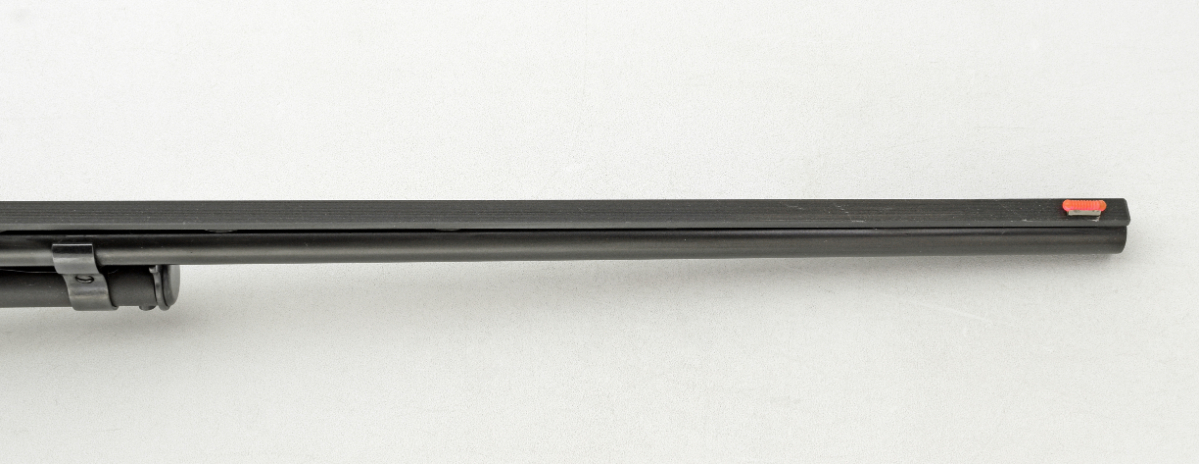
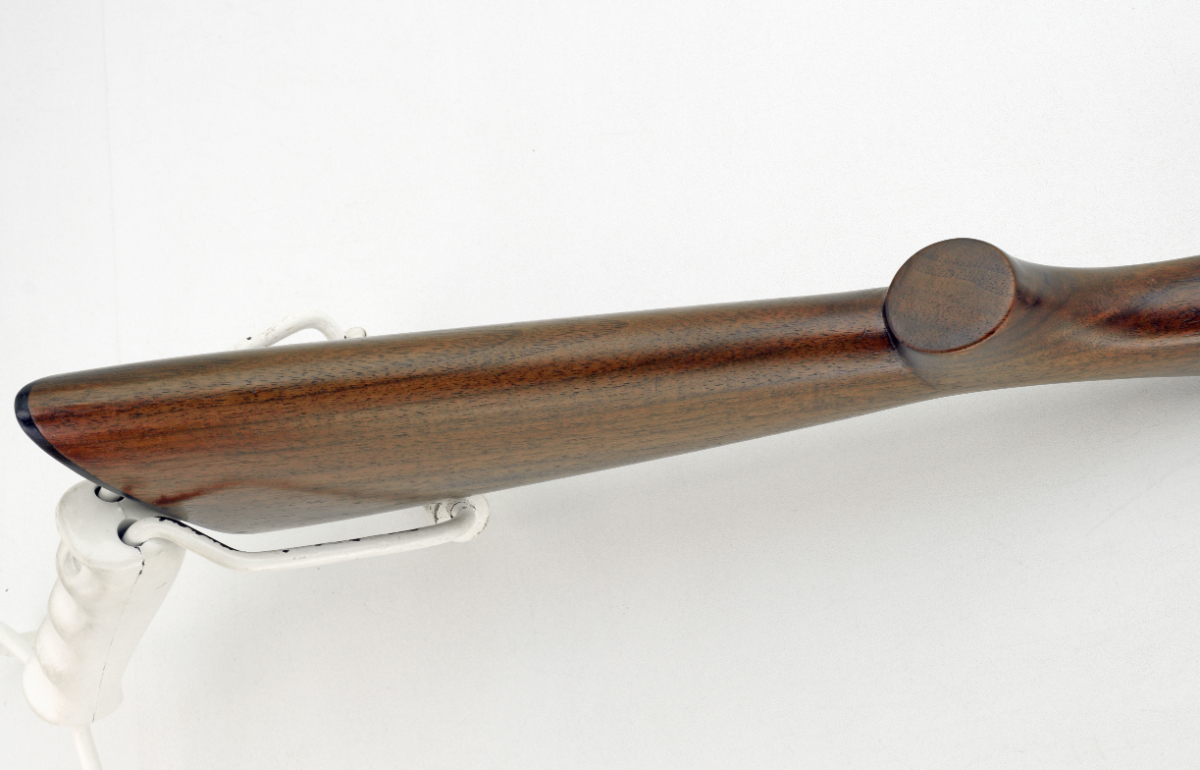
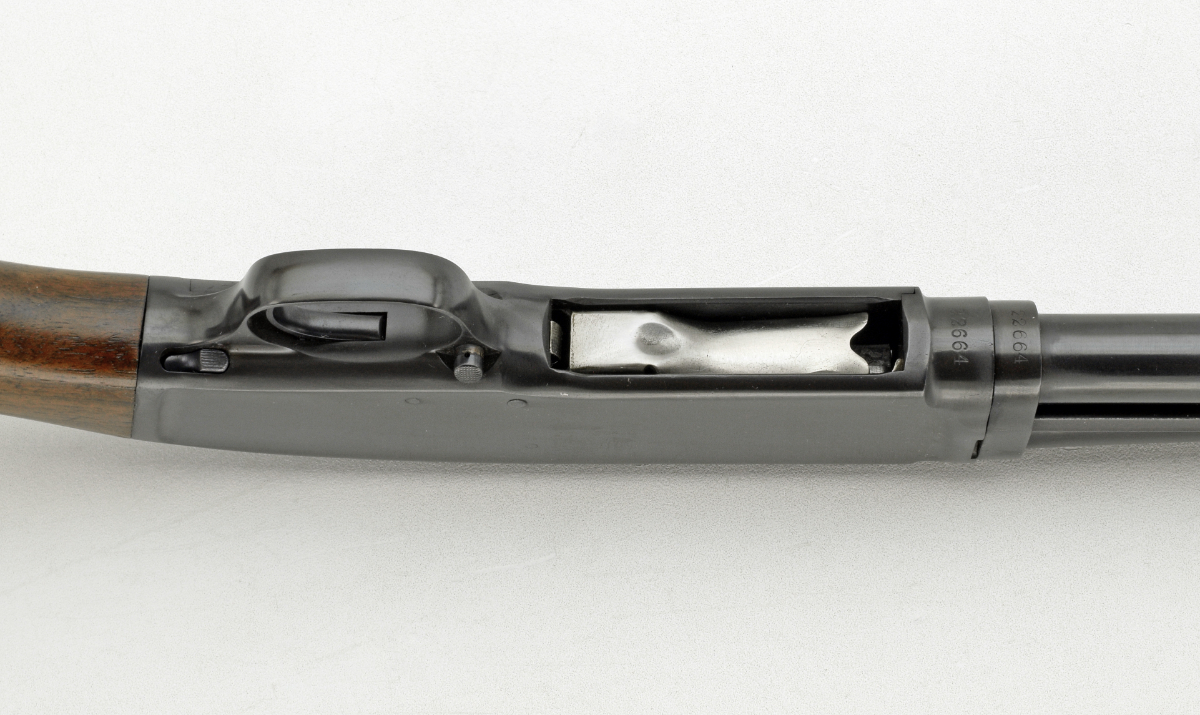
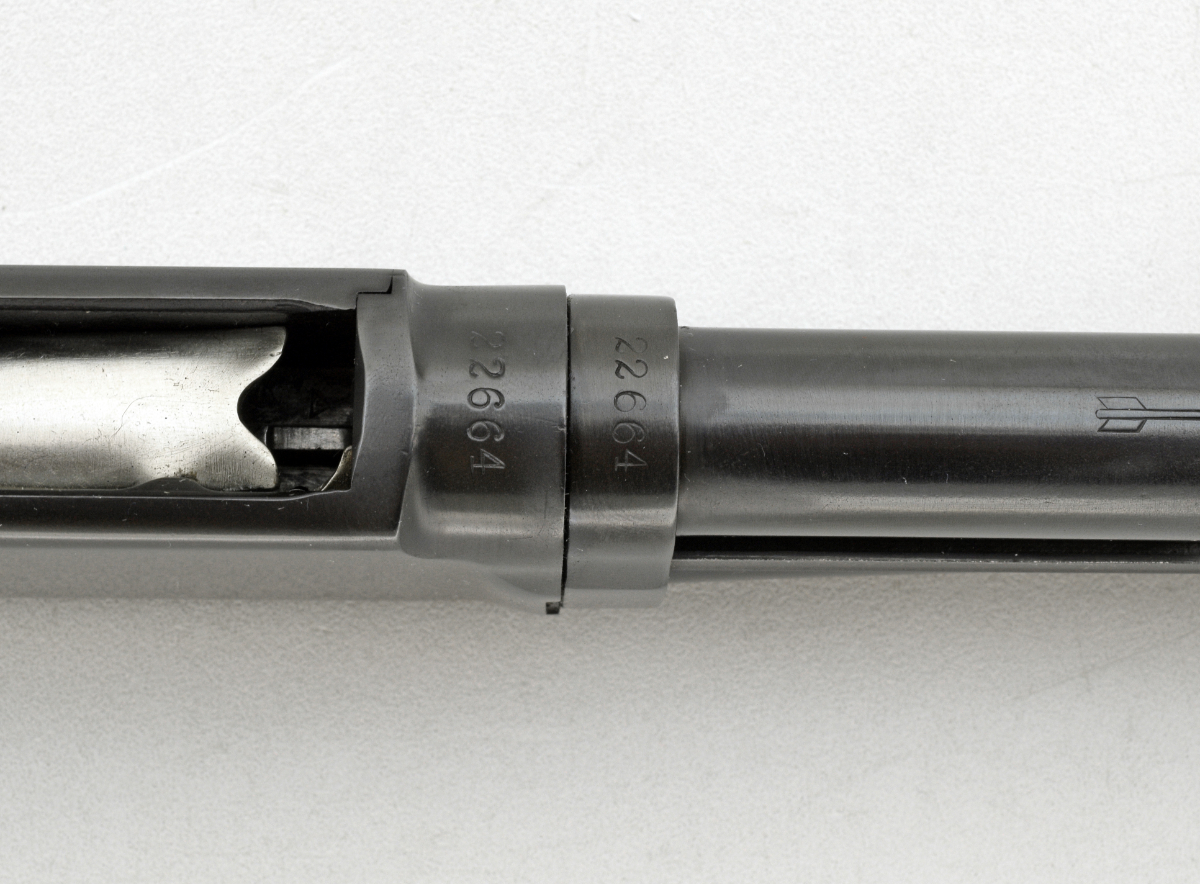
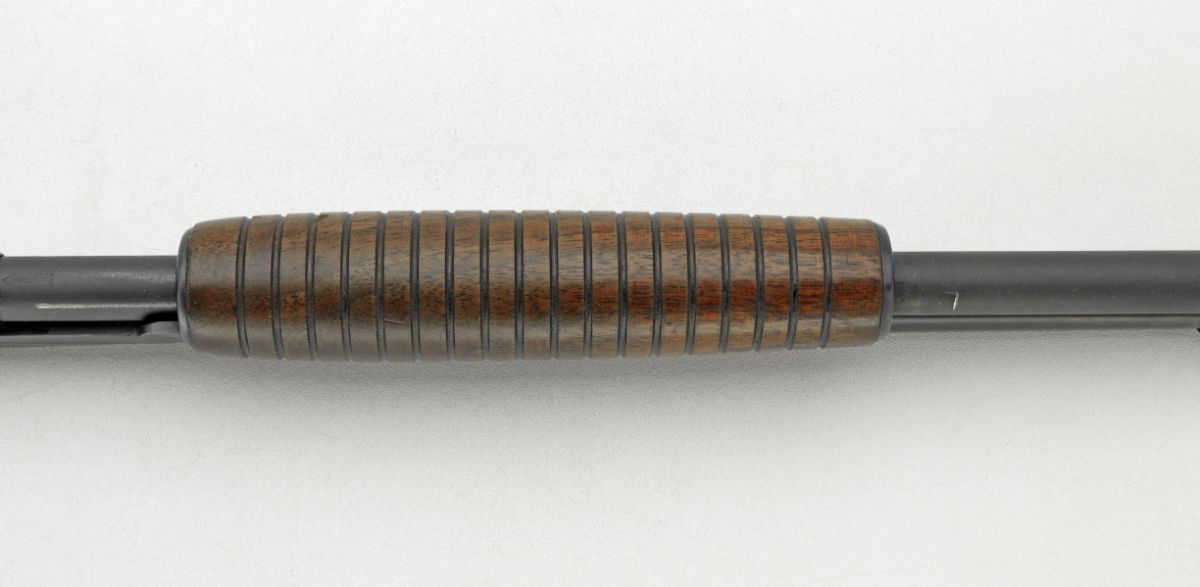
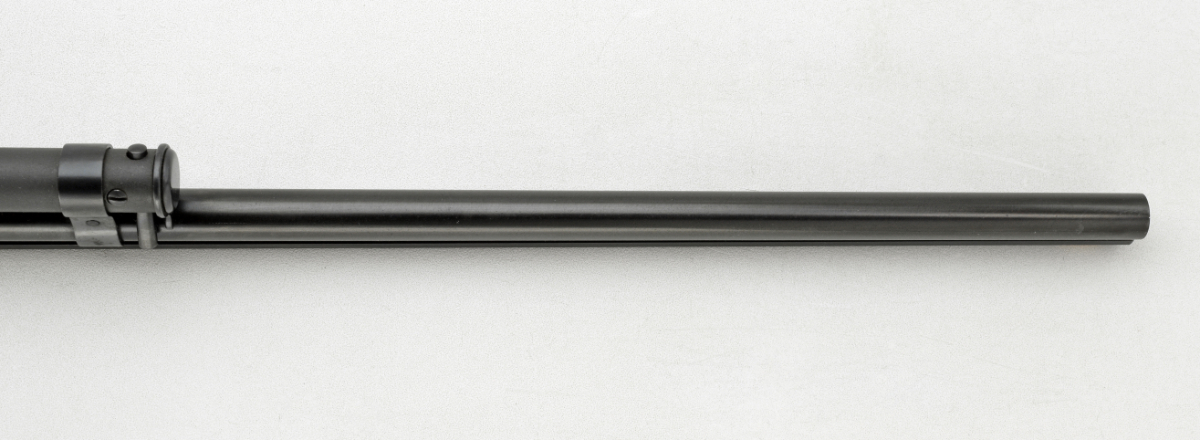

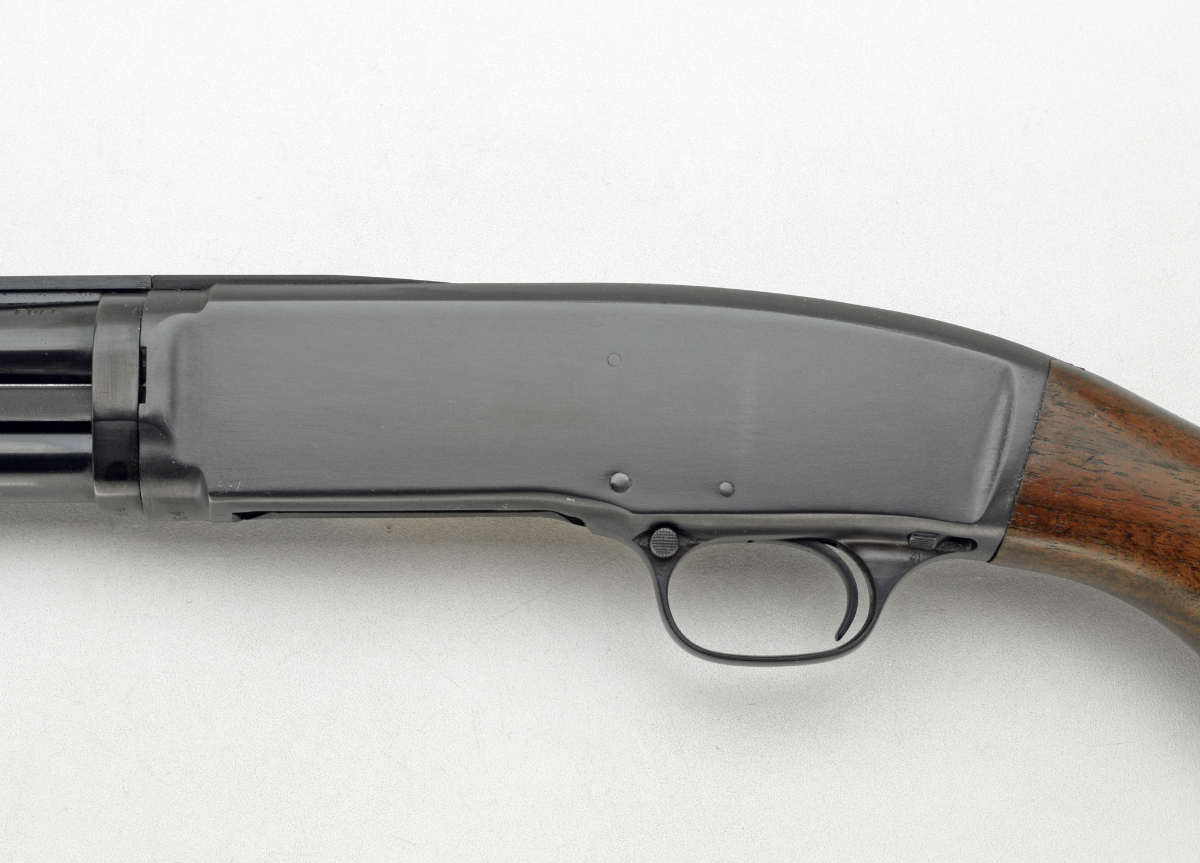

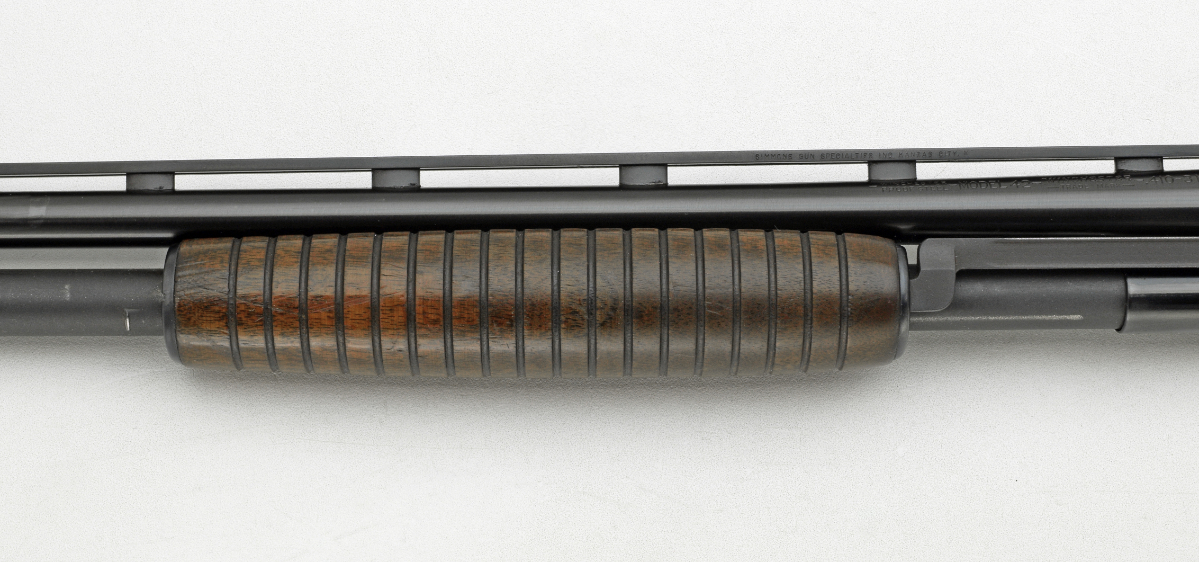
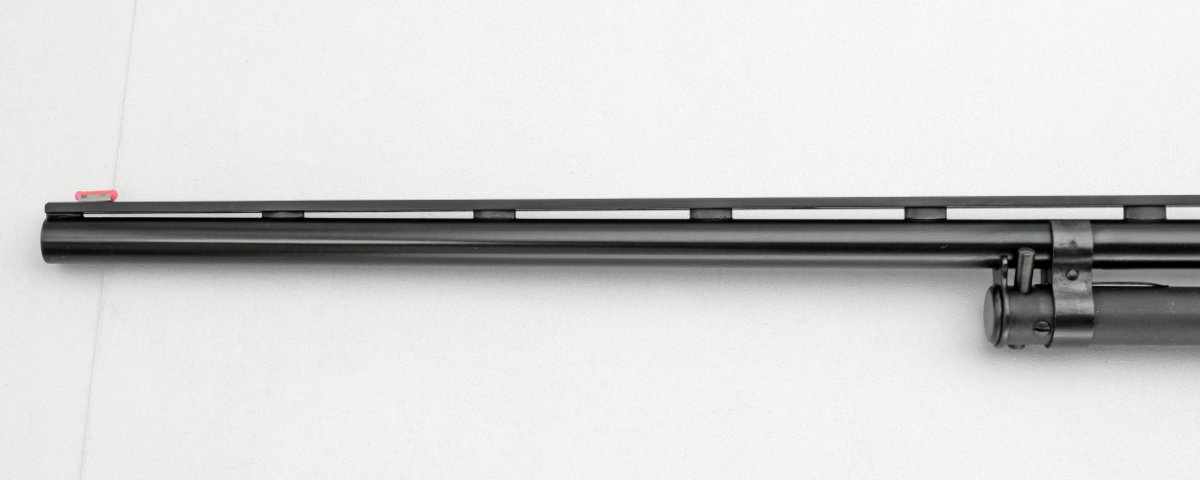
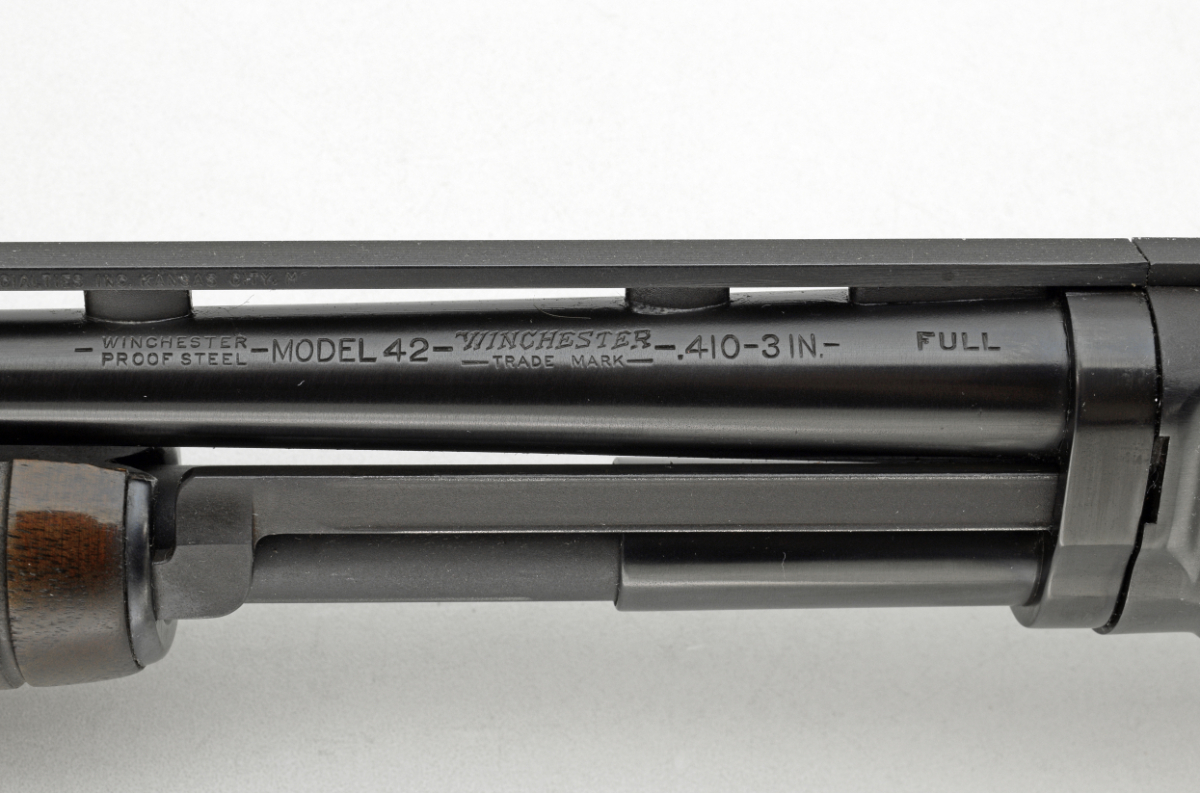
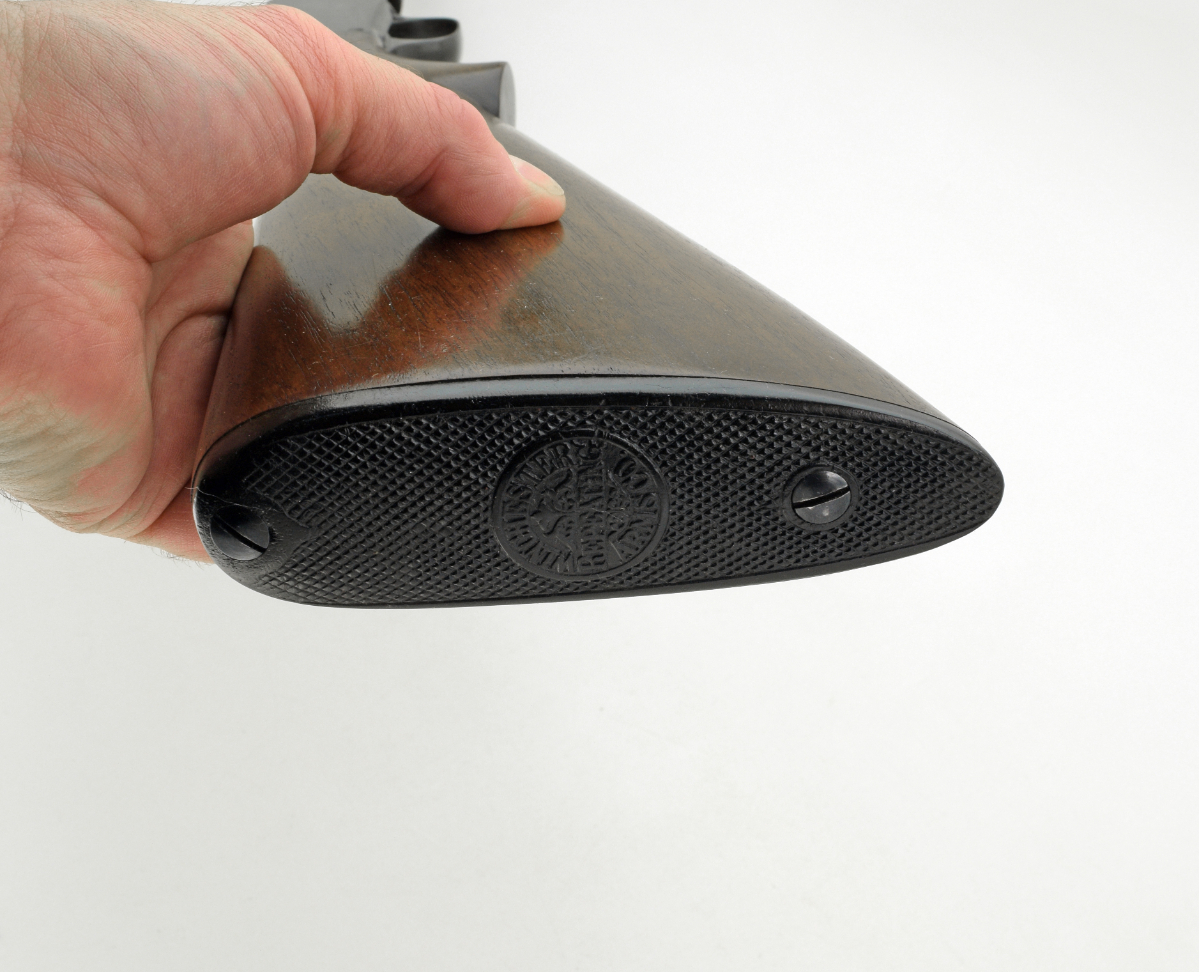
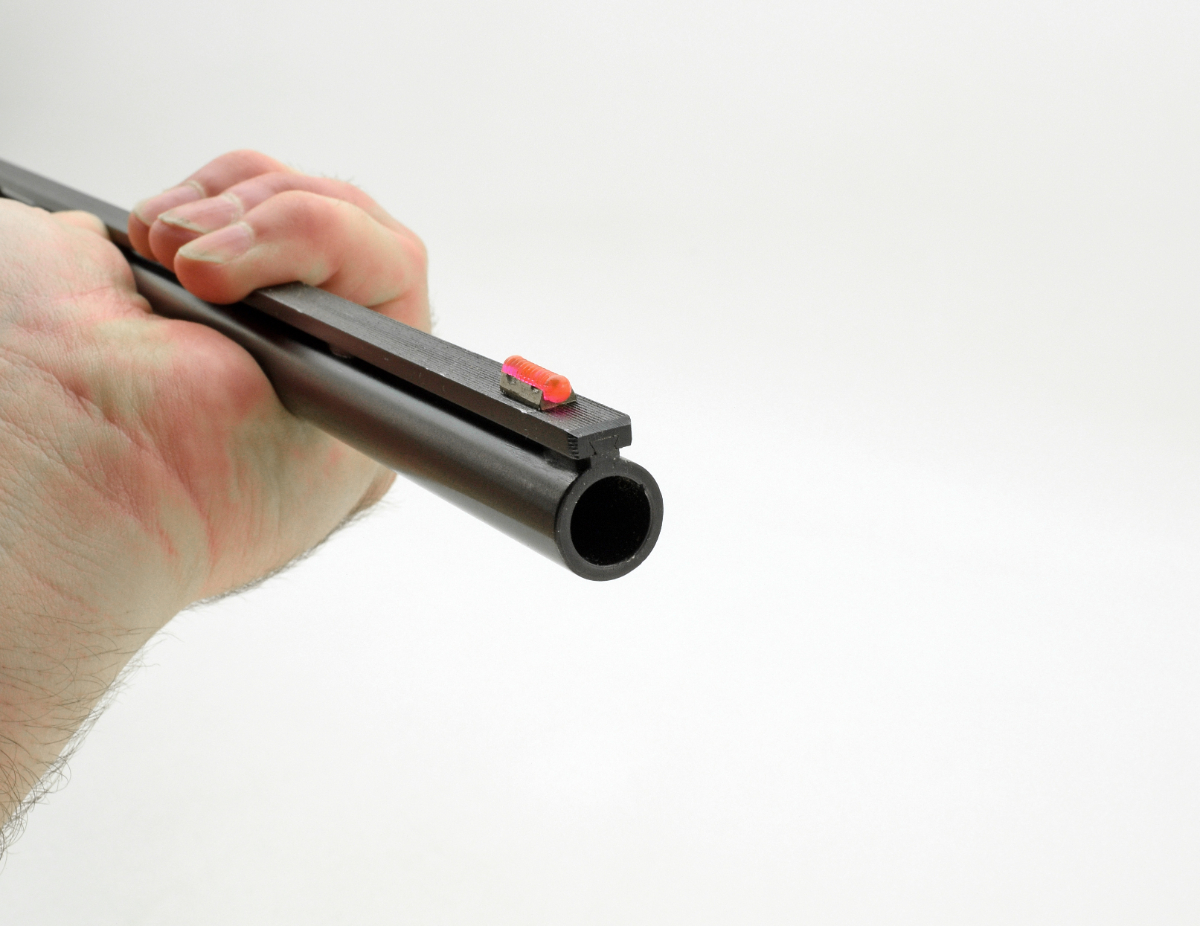






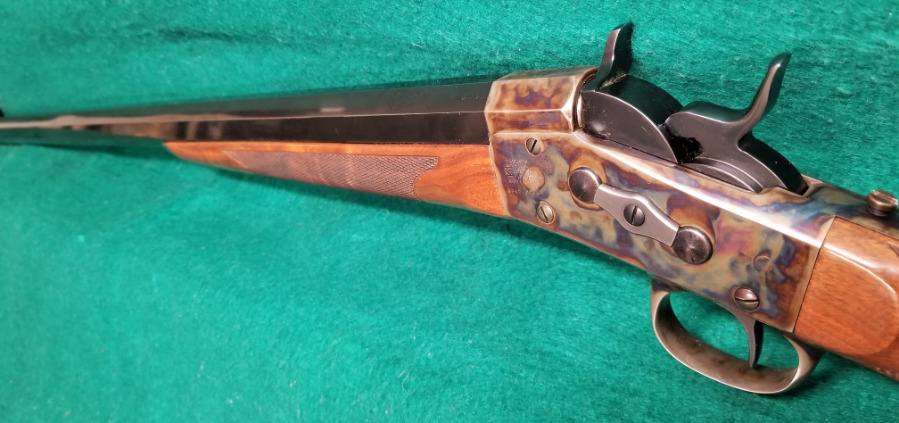
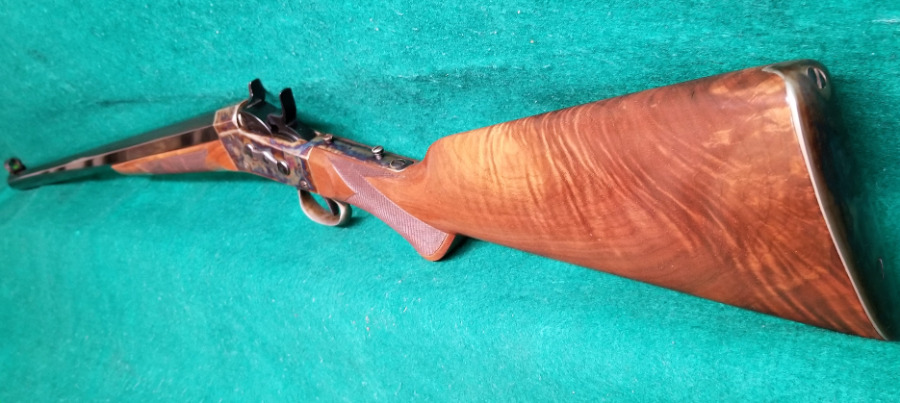
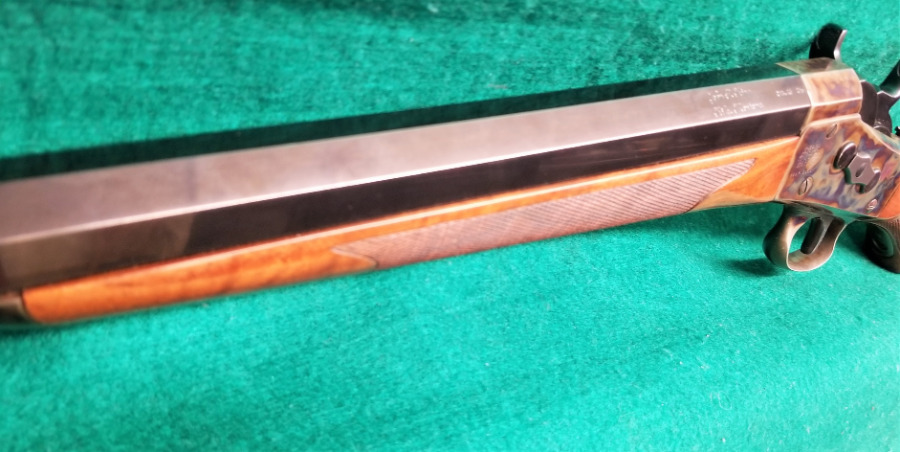

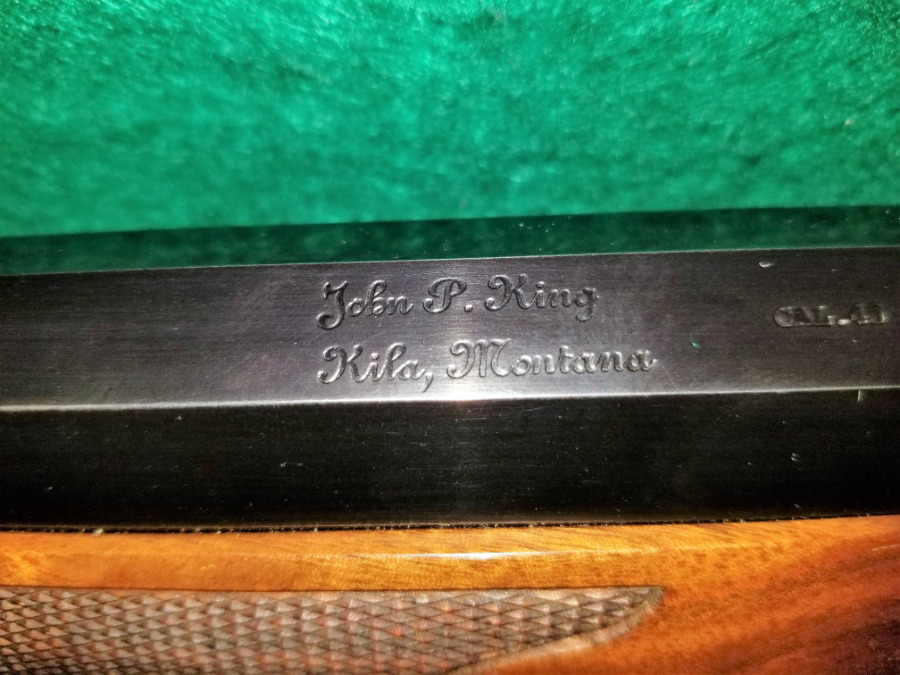

 RSS
RSS





